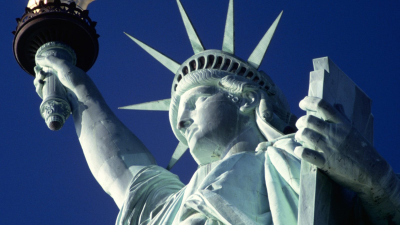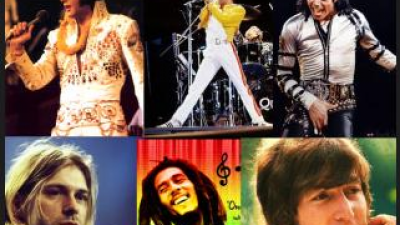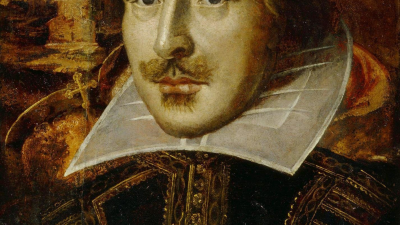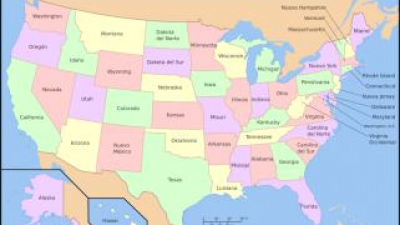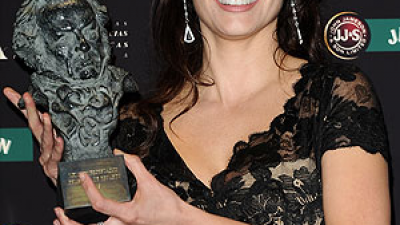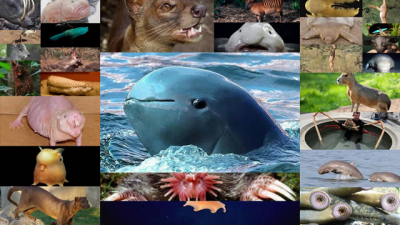50 jewels of universal literature

Source: listas.20minutos.es
In 2002, organized by the Norwegian book club and at the proposal of 100 writers from 54 different countries, the World Library was formed. It was about reflecting the 100 best books in world literature, with books from all countries, cultures and time periods. Each writer had to choose his 10 favorite books. The 100 best books according to the Norwegian book club This gave us the idea of organizing a competition with literature as a backdrop. The contest ... (continue reading)
TOP 1:
One hundred years of loneliness
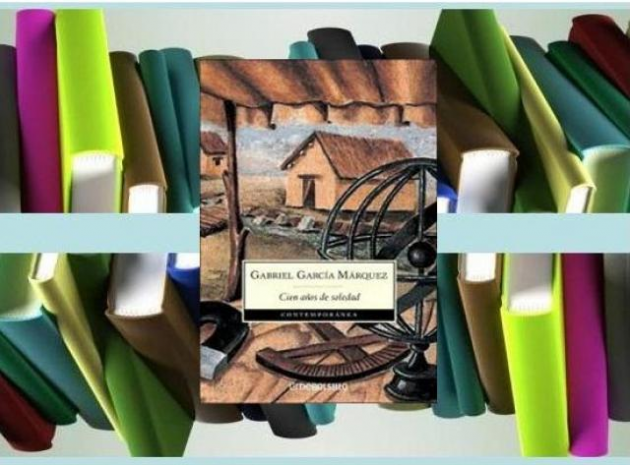
GABRIEL GARCIA MARQUEZ, 1982 The book tells the story of the Buendía family over seven generations in the fictional town of Macondo. José Arcadio Buendía and Úrsula Iguarán are a marriage of cousins who were married full of omens and fears for their kinship and the myth in the region that their offspring could have pigtails. Considered a masterpiece of Latin American and universal literature, it is one of the most translated and read works in Spanish.
TOP 2:
Don Quijote of La Mancha
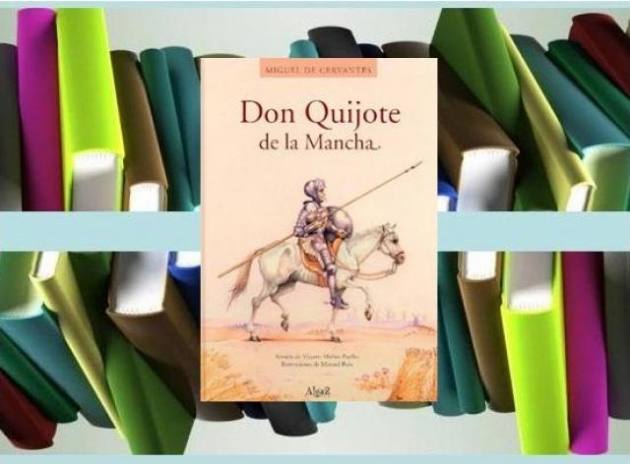
MIGUEL DE CERVANTES, 1605 The novel begins by describing one Alonso Quijano, a poor gentleman, who goes mad reading books of chivalry and thinks of himself as a medieval knight. He decides to arm himself as such in a sale, which he sees as a castle. He is succeeded by all kinds of comic adventures in which the main character, driven in the background by goodness and idealism, seeks to "undo grievances" and help the disadvantaged and unfortunate. A Platonic love to such a Dulcinea del Toboso professes, which is, in fact, a wenchwoman "very good looking"
TOP 3:
The little Prince
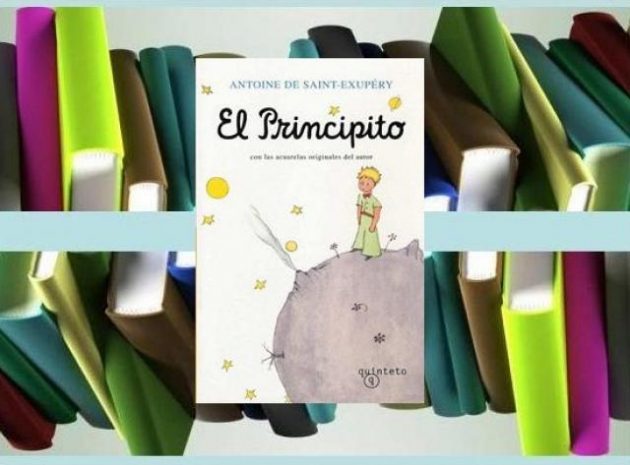
ANTOINE DE SAINT EXUPERY, 1943 It is considered a children's book, but in reality it is a metaphor where topics as deep as the meaning of life, friendship and love are treated. An aviator is lost in the Sahara desert. Then a little prince appears. In their conversations with him, they talk about human stupidity and the simple wisdom of children that most people lose when they grow up and become adults.
TOP 4:
The Portrait of Dorian Grey
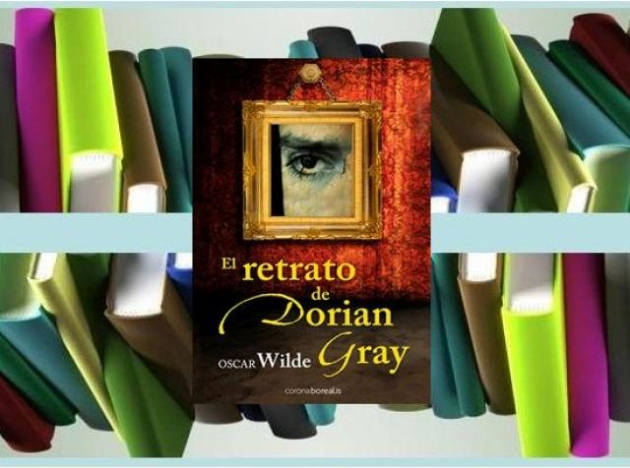
OSCAR WILDE. 1891. The young Dorian Gray is portrayed by his friend the painter Basil Hallward. And from that moment the painting begins to undergo a series of transformations, which reflect the changes of Dorian Gray's soul. The action is set in London, at the end of the 19th century. This Oscar Wilde novel is considered one of the summits of universal literature.
TOP 5:
The Divine Comedy
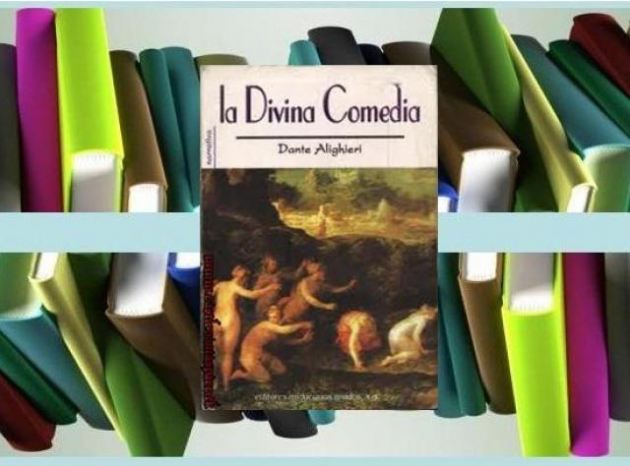
DANTE ALIGHIERI, 1304-1308 The work has three main characters, Dante, who personifies humanity, Beatriz, who personifies the Faith, and Virgil, who does the same with reason. And it narrates Dante's journey to the three worlds: hell, purgatory and paradise. The Divine Comedy is considered one of the masterpieces of Italian and universal literature. Numerous artists of all time created illustrations about her.
TOP 6:
Pride and prejudice
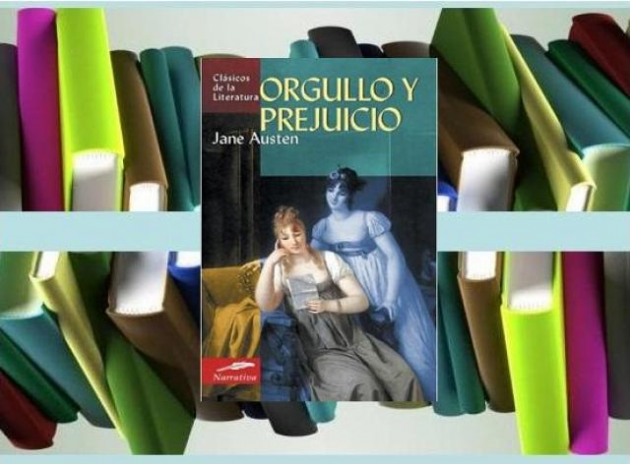
JANE AUSTEN, 1813 It is a novel in which the two main figures, Elizabeth Bennet and Fitzwilliam Darcy, must mature to overcome some crises and learn from their mistakes in order to face the common future, overcoming Darcy's class pride and prejudices from Elizabeth to him. The novel describes just over a year in the life of a small group of young people in the countryside near London at the turn of the century, (from the 18th to the 19th). His first sentence is one of the most famous in English Literature - "It is a world-renowned truth that a single man, possessor of a great fortune, needs a wife."
TOP 7:
Metamorphosis
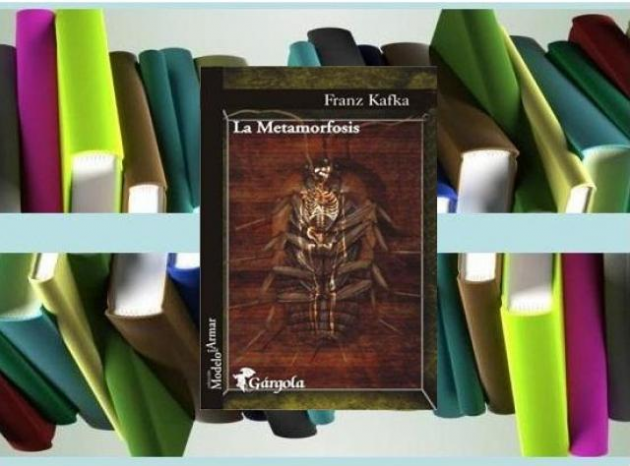
FRANZ KAFKA, 1915 Tells the story of Gregorio Samsa, a fabric merchant who lives with his family whom he maintains with his salary, who one day dawns turned into a creature not clearly identified at any time. After the metamorphosis, Gregorio is unable to work. This will force your father, your mother and your sister to work. Gregorio will suffer misunderstanding on the part of his whole family, which will gradually despise him more and try to see him as an insect and not as his family member.
TOP 8:
Hamlet
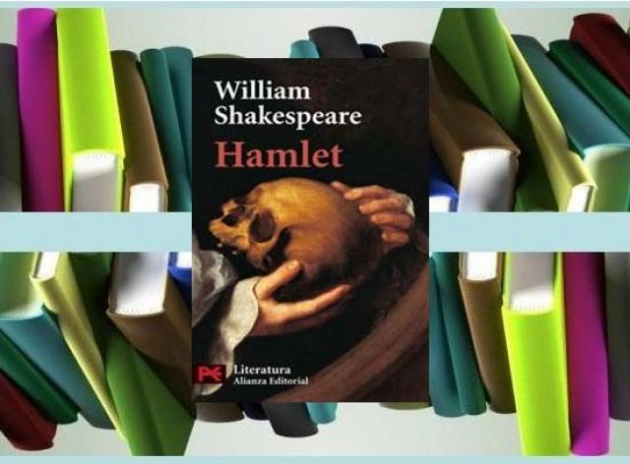
WILLIAM SHAKESPEARE, 1599 and 1601. The work takes place in Denmark, and deals with the events following the assassination of King Hamlet (father of Prince Hamlet), at the hands of Claudio (brother of the king). The king's ghost asks his son to take revenge on his murderer. The work runs vividly around madness (both real and feigned), and the transformation of deep pain into excessive anger. In addition to exploring issues such as betrayal, revenge, incest and moral corruption ..
TOP 9:
The Iliad
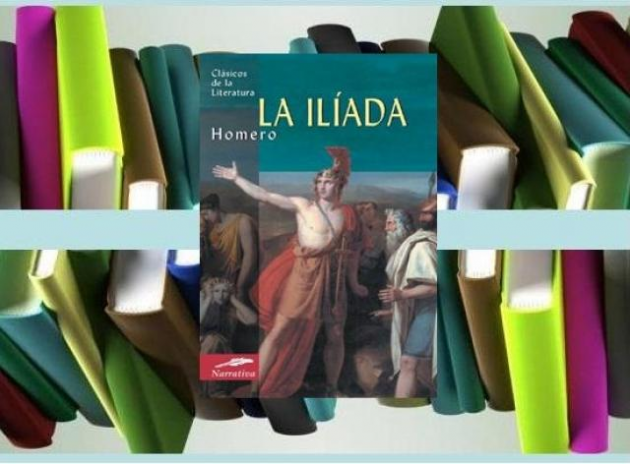
HOMERO, 8th century BC The poem narrates the wrath of Achilles, son of King Peleo and the Nereid Thetis, and narrates the events that took place during 51 days in the tenth and final year of the Trojan War. The wrath of Achilles ends with the poem, when he reconciles with Priam, father of his enemy Hector, at which time his funerals are celebrated. Both the Iliad and the Odyssey are considered the most important compositions in the literature of Ancient Greece. They were used as fundamentals of Greek pedagogy and are mandatory study.
TOP 10:
The Miserables

VICTOR HUGO, 1862 The action begins in 1815 with the return of Jean Valjean after a nineteen-year prison sentence: originally sentenced to five years in prison for stealing bread to feed his family, he extended his sentence after several attempts to leakage. His past as a convict overwhelms him and in every city that passes, he is universally rejected as a former convict. Only Bishop Myriel opens the door to offer food and shelter. Jean Valjean, resentful of society, steals silver from the bishop and flees out the window. When he is arrested and taken by the police to Bishop Myriel, he forgives him and offers him the money.
TOP 11:
Crime and Punishment
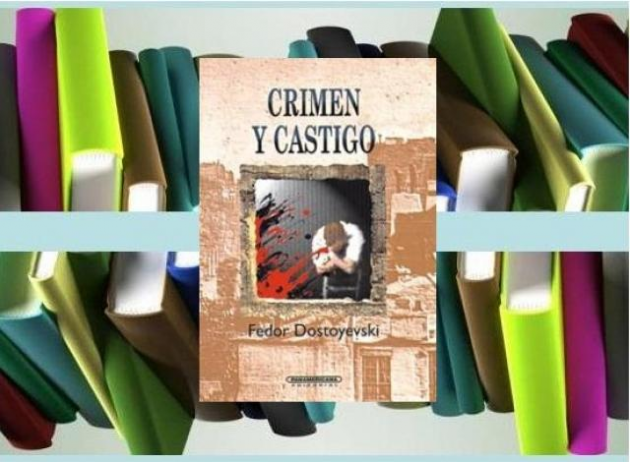
FIODOR DOSTOIEWSKY, 1866 One of the most influential novels of Russian literature. The plot revolves around Rodion Raskolnikov, a student he barely has to survive, not even through the efforts of his mother and sister, with whom he is outraged because he wants to marry a lawyer, and he knows that marriage is for interest, to help him. So he has the idea of killing and stealing from an old ruthless usurer who keeps a lot of money in his house ...
TOP 12:
Perfume
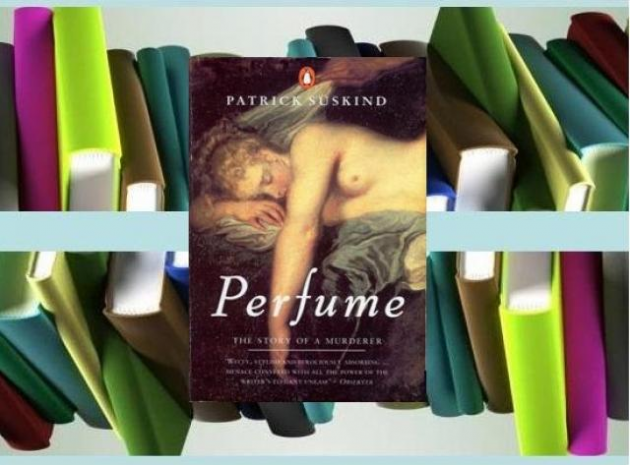
PATRICK SUSKIND., 1985 Jean-Baptiste Grenouille has his birthmark: he doesn't give off any smell. At the same time it has a prodigious smell that allows it to perceive all the scents of the world. From the misery in which he is born, the protagonist scales social positions becoming a famous perfumer. Create perfumes that can make you go unnoticed or inspire sympathy, love ... To get these formulas you must kill young virgin girls, get body fluids and liquefy their intimate smells. His art becomes a supreme and disturbing sleight of hand.
TOP 13:
Dracula
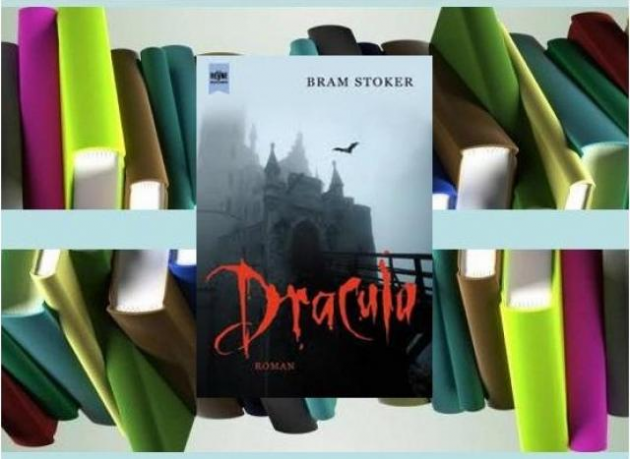
BRAM STOCKER, 1897 Jonathan Harker, a young English lawyer from London must travel through the Borgo Gorge to Count Dracula's remote castle, in the Carpathian Mountains of Transylvania, to close sales with him. For a brief period of time becoming a guest of the count, the young Englishman discovers that Dracula's personality is, at least, strange: he cannot be reflected in mirrors, never eats in his presence and lives at night.
TOP 14:
The Lord of the rings
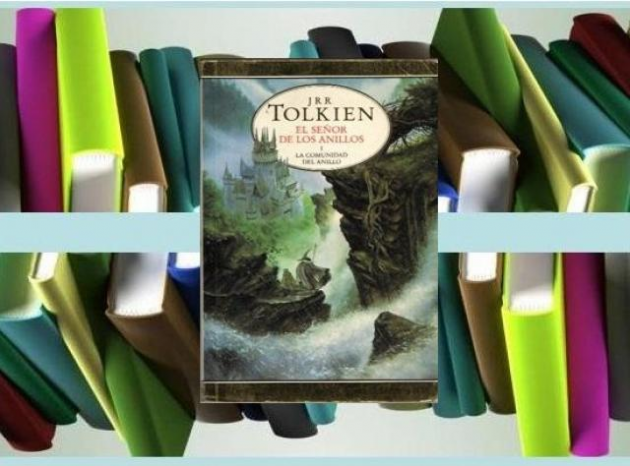
JRR TOIKEN, 1954-1955 The story takes place in the Third Age of the Sun of Middle Earth, a fictional place populated by men and other anthropomorphic races such as hobbits, elves or dwarves, as well as many other real and fantastic creatures . The novel narrates the journey of the main protagonist, the hobbit Frodo Bolsón, to destroy the Unique Ring and the consequent war that the enemy will cause to recover it, since it is the main source of power of its creator, the dark Lord Sauron.
TOP 15:
The count of Montecristo
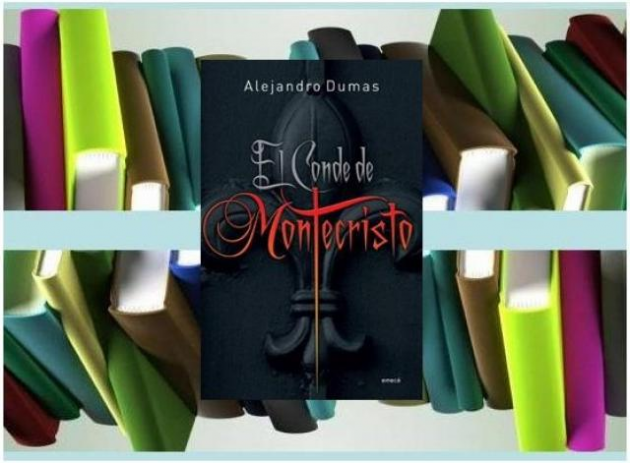
ALEJANDRO DUMAS, 1844 Edmundo Dantés is a lucky man, about to promote himself as a captain and about to marry a beautiful Spanish woman. In an anonymous letter, he is accused of bonapartist and arrested on the day of the wedding. After years imprisoned, he manages to escape and plot his revenge.
TOP 16:
Wuthering Heights

EMILY BRONTE, 1847 The novel tells the love story between Catherine Earnshaw and her adopted brother Heathcliff. A man named Lockwood arrives at the Wuthering Heights farm to meet Mr. Heathcliff, his landlord, who has rented him a nearby villa, the Thrush Farm. The reception can not be colder. In the house also live the daughter-in-law of Heathcliff, Catherine, and the young Hareton. The three characters seem to Lockwood incomprehensibly sullen and bitter ...
TOP 17:
Twenty love poems and a desperate song
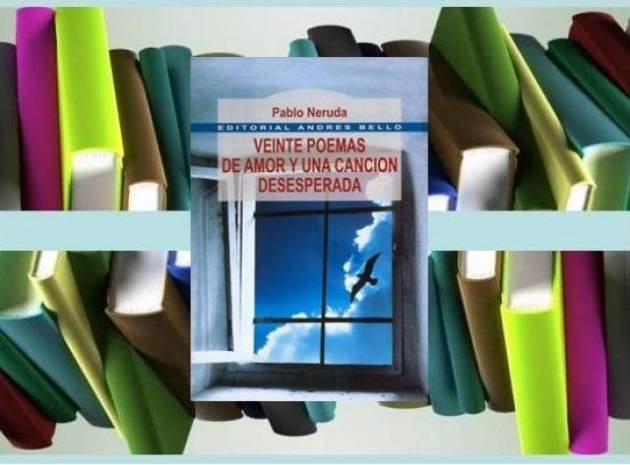
PABLO NERUDA. 1924 The work is composed of twenty love-themed poems, plus a final poem entitled The Desperate Song. Except for the latter, the poems have no title.
TOP 18:
Arabian Nights
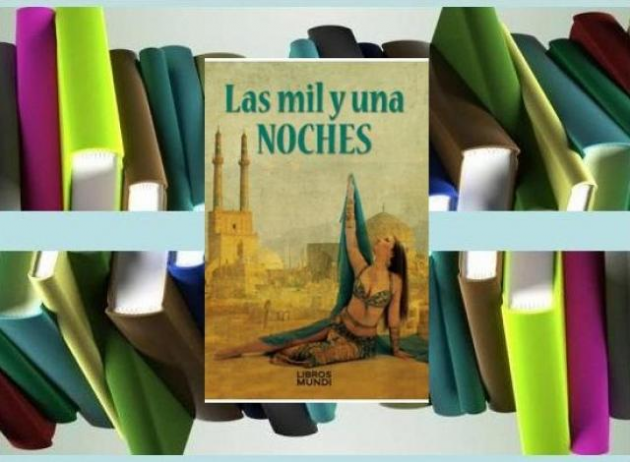
ANONYMOUS, 9th century Compilation of Arab tales from the medieval Middle East. In the main account, Sultan Shahriar discovers that his wife betrays him and kills her. He orders his vizier to get him a wife every day to kill her in the morning. Sherezade breaks this fate by telling him a story and promising him the end for the next night. So for a thousand nights, after which Shahriar pays the penalty and live happily.
TOP 19:
The black cat and other tales
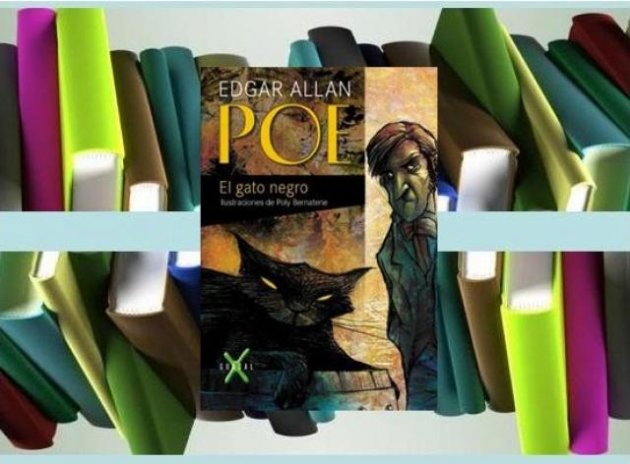
EDGAR ALLAN POE, 1843 Criticism considers the Black Cat as one of the most spooky tales in the History of Literature. A young couple leads a peaceful home life with their cat, until the husband begins to get carried away by the drink. The alcohol makes him irascible and in one of his accesses of fury ends the life of the animal. A second cat appears on the scene, the family situation worsens, a fire is declared, and the events precipitate to culminate in a horrific outcome.
TOP 20:
1984

GEORGE ORWELL1947-1948 The novel introduced the concepts of the omnipresent and vigilant Big Brother or Big Brother, of the notorious room 101, of the ubiquitous Thought police and the new language. Many analysts detect parallels between today's society and the world of 1984: societies or organizations that reproduce totalitarian and repressive attitudes.
TOP 21:
Torzar's guide
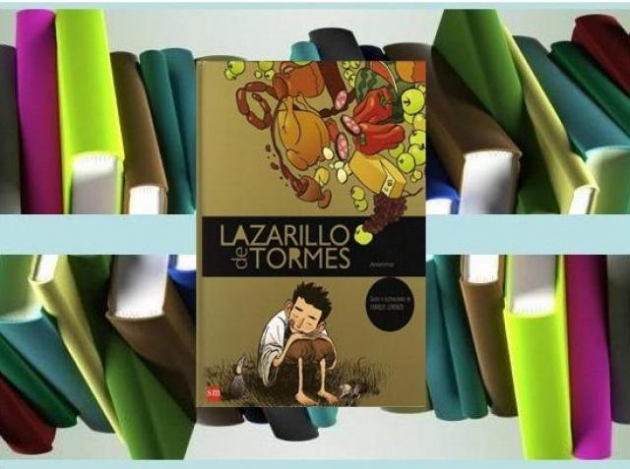
ANONYMOUS, 1554 Autobiographical account of the life of a child, Lázaro de Tormes, in the 16th century, from his birth and miserable childhood to his marriage. It is considered a precursor to the picaresque novel. It is an ironic and ruthless outline of the society of the moment, with its vices and hypocrisies, especially those of clergy and religious.
TOP 22:
The adventures of Sherlock Holmes
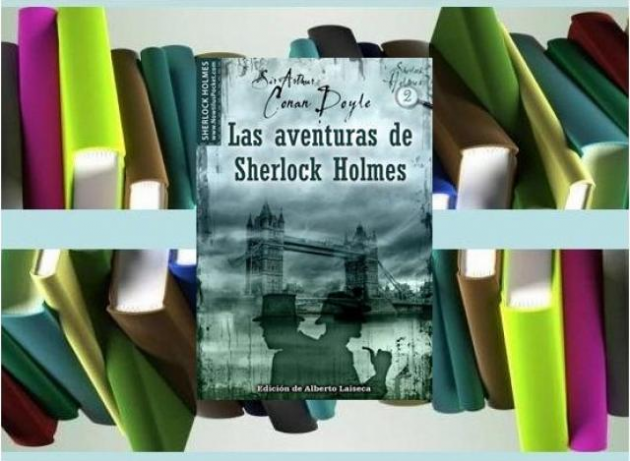
ARTHUR CONAN DOYLE, 1892 The Adventures of Sherlock Holmes is a series of stories by Sir Arthur Conan Doyle that include the adventures of the famous detective Sherlock Holmes and his friend, Dr. Watson. The twelve stories of this series are: Scandal in Bohemia, the League of Redheads, a case of identity, the mystery of the Boscombe valley, the five orange seeds, the man with the crooked lip, the blue carbuncle, the polka dot band, the engineer's thumb, the bachelor aristocrat, the crown of beryls, and the mystery of Copper Beeches.
TOP 23:
Alice in Wonderland
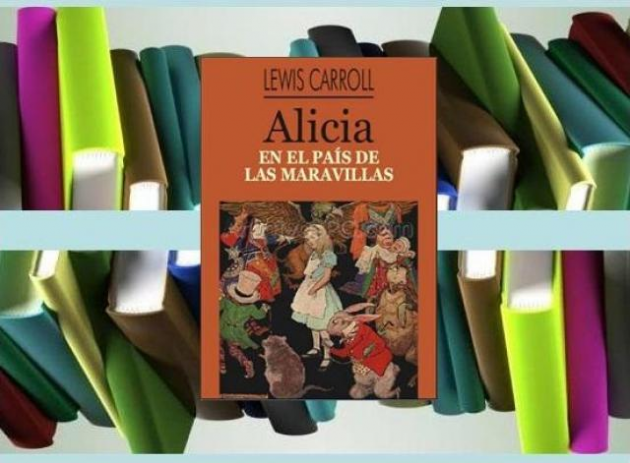
LEWIS CARROLL, 1865 Created by mathematician Charles Lutwidge Dodgson, better known under the pseudonym Lewis Carroll. The story is full of satirical allusions to Dodgson's friends, English education and political issues of the time. In this work some of Carroll's most famous characters appear, such as the White Rabbit, The Hatter, the Blue Caterpillar, the Cheshire Cat or the Queen of Hearts, who have gained sufficient importance to be recognized outside the world of Alice.
TOP 24:
Journey to the Center of the Earth
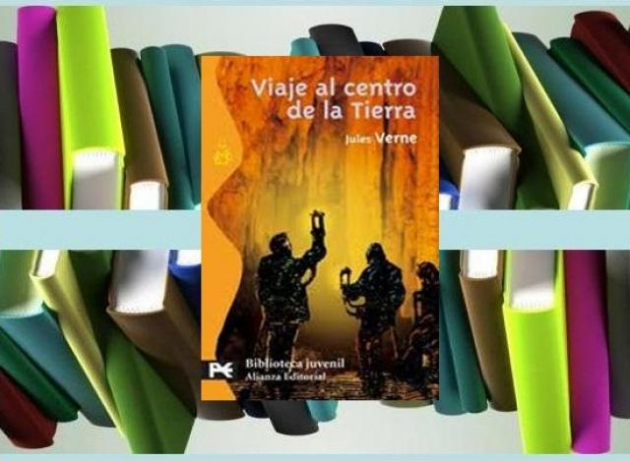
JULIO VERNE1864 It deals with the expedition inside the globe of a mineralogy professor, his skeptic nephew and an impassive Icelandic guide. The group enters through a volcano into the globe, where innumerable adventures will live, including the amazing discovery of an inland sea and a complete Mesozoic world buried in the depths. In this novel, Verne uses one of the inventions existing at the time: the miner's lamp.
TOP 25:
The name of the rose
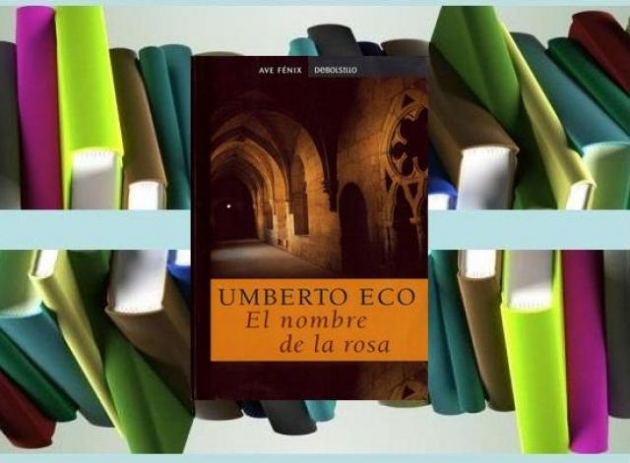
UMBERTO ECO, 1980 It is the Middle Ages. Winter of 1327, under the papacy of John XXII. The Franciscan Guillermo de Baskerville and his disciple the Benedictine novice Adso de Melk, arrive at a Benedictine abbey in the northern Italian Apennines and famous for its library with strict access rules. William must organize a meeting between the delegates of the Pope and the leaders of the Franciscan order, where he will discuss the alleged heresy of the doctrine of apostolic poverty, promoted by a branch of the Franciscan order: the spiritual ones. A series of deaths occur and the superstitious monks consider that they follow the pattern of a passage of the Apocalypse.
TOP 26:
Rhymes and legends
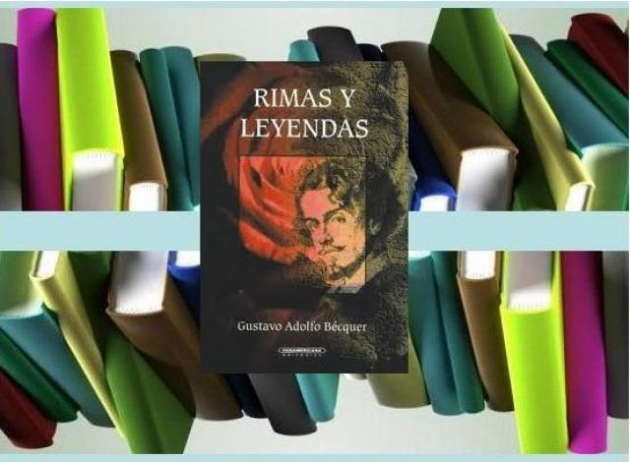
GUSTAVO ADOLFO BECQUER, 1861 In 76 Las Rimas, the author tells his own experiences or feelings. His themes are love, disappointment, the desire for evasion, despair and death. In the 22 Legends are grouped almost all prose narratives of Becquer. They are written in a vaporous, delicate and rhythmic style, there are many descriptions that explain the images and sensations of the character or the author himself. The mysterious, the supernatural and magical predominate in them. Finding something unattainable and impossible is in many cases its central argument.
TOP 27:
The old man and the sea
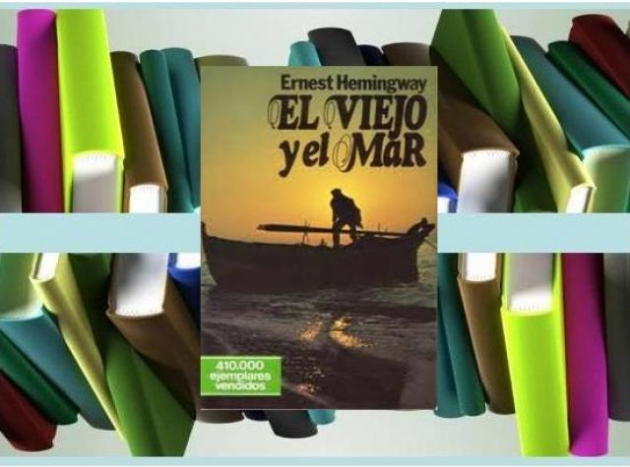
ERNEST HEMINGWAY, 1951 The work is about an old-fashioned fisherman, who is in a time when he remembers his past life with bitterness because he is unlucky and with very little strength to continue his work. The young man who has been working with him, until his parents have withdrawn him because of his bad streak, is always willing to help, take care and learn from the old man's experience, although with his new employer he usually gets abundant fishing. It is considered one of the most outstanding fiction works of the 20th century
TOP 28:
Frankenstein
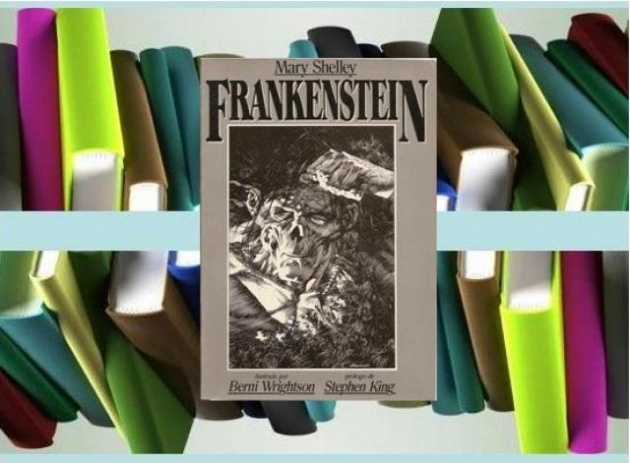
MARY SHELLEY, 1818 The text explores topics such as scientific morals, the creation and destruction of life. Behind Victor Frankenstein's experiments is the search for divine power: what greater power than life's own act of creation? The rebellion of the creature against its creator is a clear allegorical message of the punishment that derives from the irresponsible use of technology. Another reading of the text discovers the frequent fears that women had in Shelley's time that birth had fatal consequences for the mother or premature fetuses. It is considered as the first text of the science fiction genre.
TOP 29:
Madame Bovary
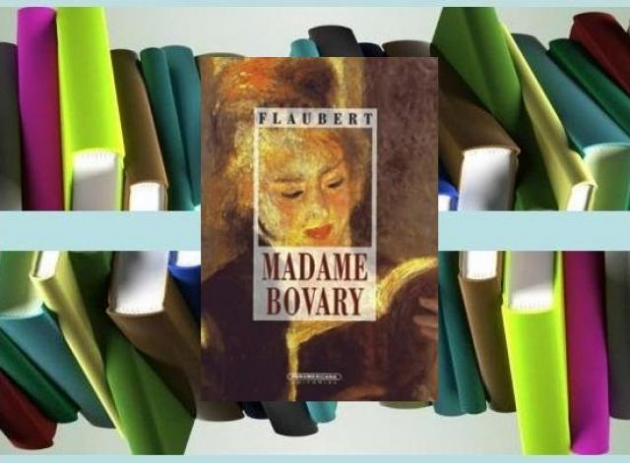
GUSTAVE FLAUBERT, 1856 Gustave Flaubert shows us the life of French high society in the 19th century. The main character marries someone who offers nothing more than to display it as if it were a trophy. Madame Bovary, a regular at reading romantic novels, has ideas about marriage that will not correspond to her relationship with her husband Charles. Madame Bovary, is therefore more than a novel, a faithful portrait and a paradigm for realistic and universal literature and for French philosophy from the 19th to the 21st centuries.
TOP 30:
Hopscotch
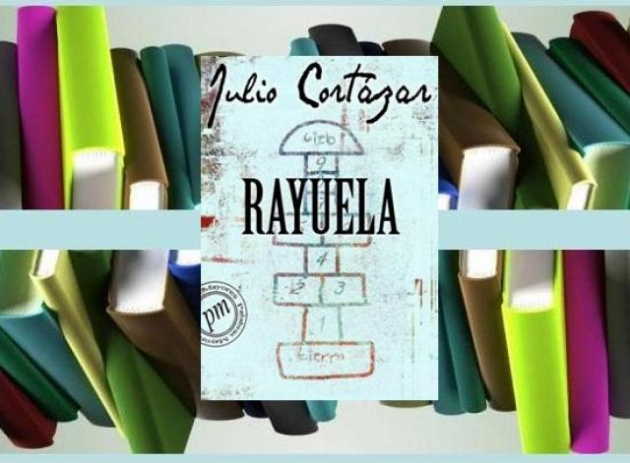
JULIO CORTAZAR, 1963 This novel recounts the stay in Paris of the Argentinean Horacio Oliveira, and his relationship with the Magician, in addition to his group of friends who form the Snake Club, with whom they have memorable conversations and discussions as well as the relationship of his characters with love, death, jealousy and art. "In a way it is the experience of a lifetime and the attempt to take it to writing," Cortázar replied when asked what this novel meant to him. Hopscotch is one of the first surrealist works of Argentine literature.
TOP 31:
A happy world
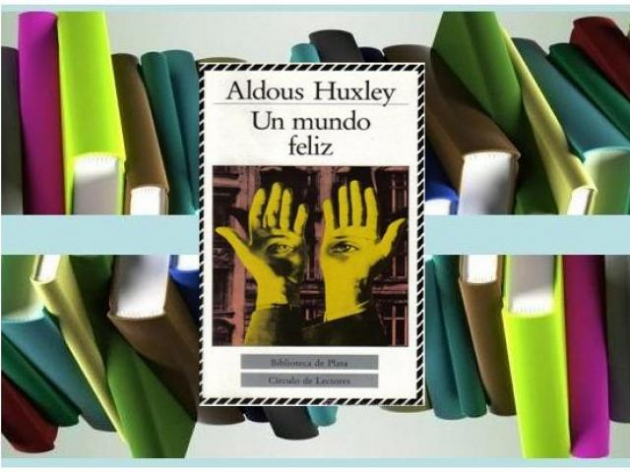
ALDOUS HUXLEY, 1932 The novel anticipates the development in reproductive technology and human cultures. Humanity is casual, healthy and technologically advanced. War and poverty have been eradicated, and everyone is permanently happy. The irony is that all this has been achieved after eliminating family, cultural diversity, art, science, literature, religion and philosophy.
TOP 32:
The celestine
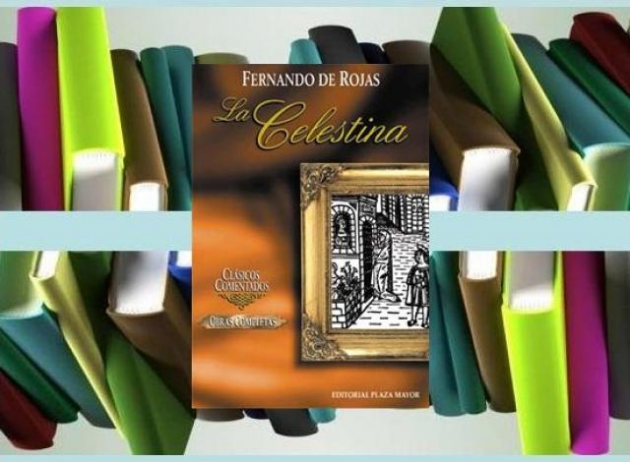
FERNANDO DE ROJAS, 1499 Written during the reign of the Catholic Monarchs, is one of the foundations of the modern realistic novel and theater. The work begins when Callisto casually sees Melibea in the garden of his house and falls violently in love with her, but she rejects him. On the advice of his servant, Calisto turns to an old prostitute and professional alcahueta called Celestina who, posing as a seller of items, can enter the houses and act as matchmaker or arrange dating for lovers.
TOP 33:
The Alchemist
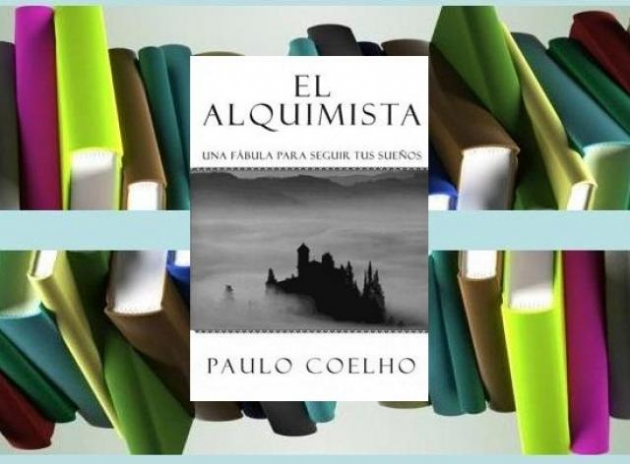
PAULO COELHO, 1988 The Alchemist recounts the adventures of Santiago, a young Andalusian shepherd who one day left his flock to go after a chimera. Considered a classic of our days.
TOP 34:
Steppe wolf
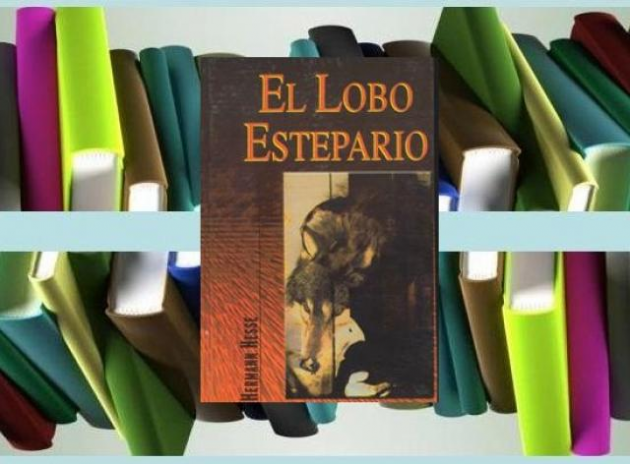
HERMAN HESSE, 1928 The book is developed through manuscripts created by the protagonist himself, Harry Haller, in which the problems are narrated, the life of the protagonist and his difficult relationship with the world and with himself. As the novel progresses, the distinction between reality and reverie disappears ...
TOP 35:
The House of Spirits
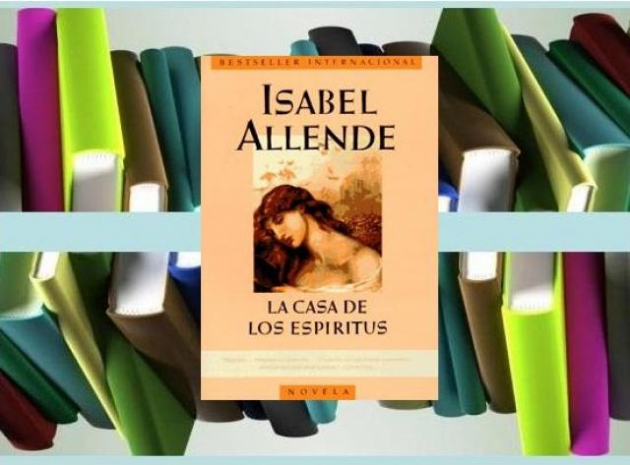
ISABEL ALLENDE, 1982 The book uses the style known as magical realism, incorporating improbable and strange things into the ordinary. The story tells the life of the Trueba family over four generations and follows the social and political movements of the post-colonial period in Chile. It incorporates a mixture of events that deal with love, family, death, ghosts, social classes, revolution, politics, ideals and the marvelous.
TOP 36:
Platero and I
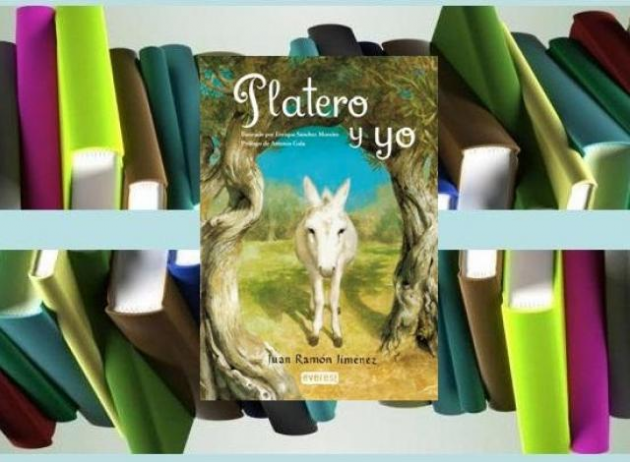
JUAN RAMON JIMENEZ, 1927 In Platero and I, some chapters contain a certain social criticism, which many took to notice, because it was initially considered as a children's book, for its simplicity and transparency., The first paragraph is very famous: “Platero It is small, hairy, soft; so soft on the outside, that everything would be said of cotton, that it has no bones. Only the jet mirrors of his eyes are hard as two black glass beetles. I leave it loose and goes to the meadow and caresses warmly, brushing them barely, the pink flowers, celestial and gualdas ... "
TOP 37:
Abroad
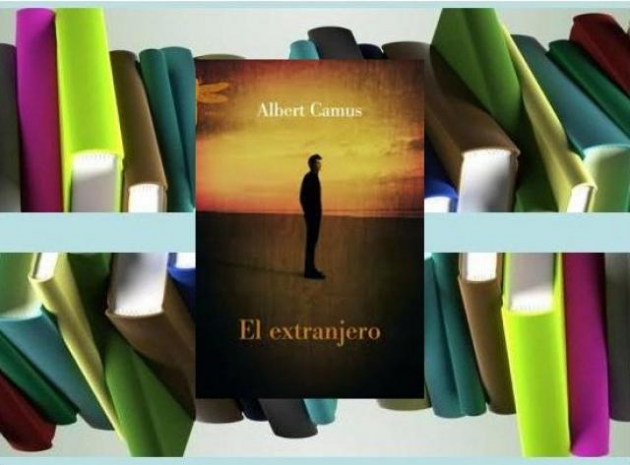
ALBERT CAMUS, 1942 The protagonist, Mr. Meursault, commits an absurd crime and, despite feeling innocent, will never demonstrate against his execution or show any feeling of injustice, regret or pity. Passivity and skepticism traces the protagonist's behavior: a boring sense of existence and death.
TOP 38:
Pedro Paramo
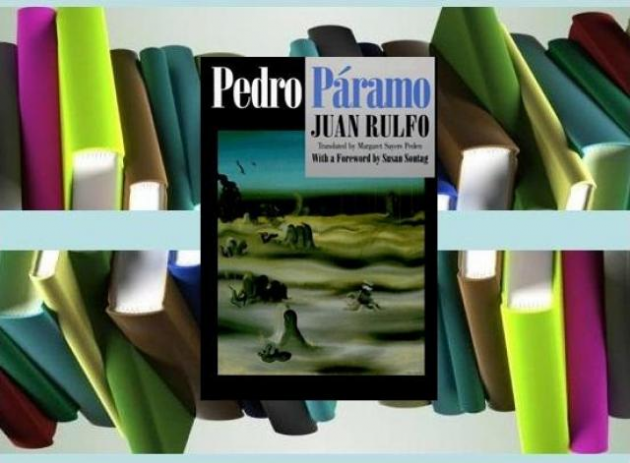
JUAN RULFO, 1955 The novel begins with the story in first person of Juan Preciado, who promised his mother on his deathbed that he would return to Comala to claim his father, Pedro Paramo, what belongs to them. His narration is mixed with dialogues of his recently deceased mother, Dolores Preciado. Precious meets several people in Comala, whom, at a certain moment, he begins to perceive as dead ...
TOP 39:
The island of the treasure
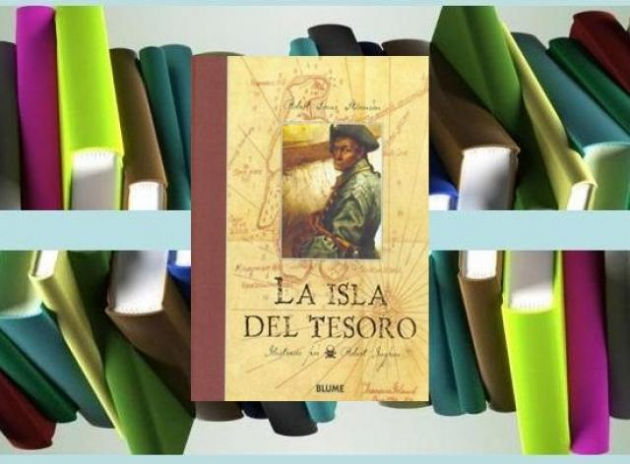
ROBERT LOUIS STEVENSON, 1883 Jim Hawkins is a boy who works with his parents at Admiral Benbow's inn. One day a sailor appears with his cheek cut, Billy Bones, whose only possession is an old chest. The inn is visited by a blind sailor the same night Jim's father dies ..
TOP 40:
Splendor
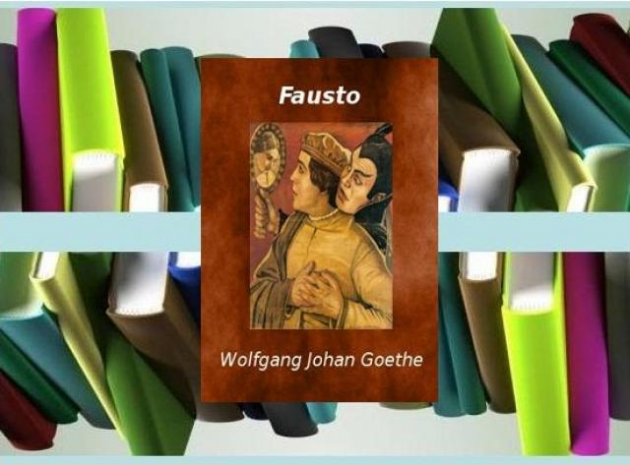
JOHANN WOLFGANG GOETHE, 1806. It was published in two parts: Faust: First part of the tragedy and Faust: Second part of the tragedy. It is Goethe's most famous work and is considered one of the great works of universal literature. Faust was an old man who knew everything, except the mystery of life, became a magician, but everything was in vain. Without having had a wife and children or having enjoyed the pleasures of the world, disconsolate he expected nothing but death.
TOP 41:
The tunnel
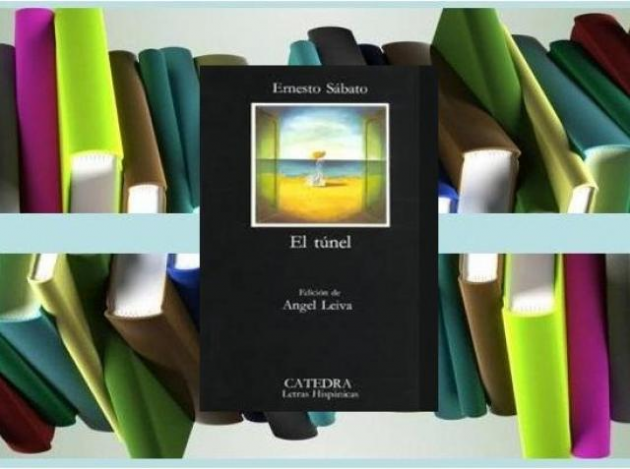
ERNESTO SABATO, 1948 Novel of psychological structure. It presents in the character of María Iribarne the understanding of the totality and the absolute as well as the hidden areas of mystery that will impel Juan Pablo Castel to assassinate her. It gives us the basic elements of the metaphysical vision of existentialism. It is a work in which pessimism abounds in every dialogue or thought of the characters, although Sábato still leaves room for irony.
TOP 42:
War and peace
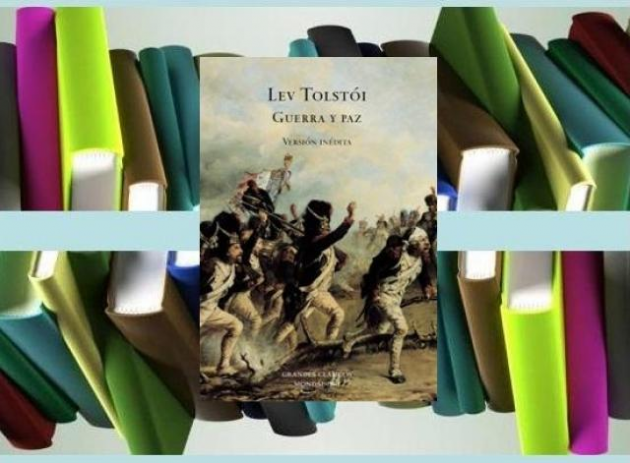
LEON TOLSTOI, 1865 It is one of the top works of Russian literature and without a doubt the universal literature. In it, Tolstoy wanted to narrate the vicissitudes of numerous characters of all types and conditions throughout some fifty years of Russian history, from the Napoleonic wars to beyond the mid-nineteenth century. The plot is developed fundamentally following the intertwined history of four families and in it numerous historical figures appear, such as Napoleon I and the Russian emperor Alexander I.
TOP 43:
Moby dick
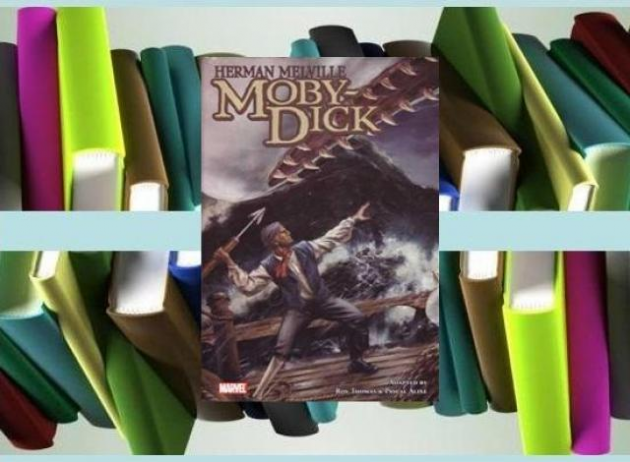
HERMAN MELVILLE, 1851 Narrates the crossing of the Pequod whaling ship, and its captain, Ahab, in the obsessive pursuit of a great white whale. The tone of the novel is eminently encyclopedic, including the author's extensive and detailed descriptions of whale hunting in the 19th century and a multitude of other details about the marine life of the time. The opening phrase of the narrator "Call me Ishmael", in Spanish "Call me Ishmael", has become one of the best-known quotes in English language literature.
TOP 44:
The Da Vinci Code
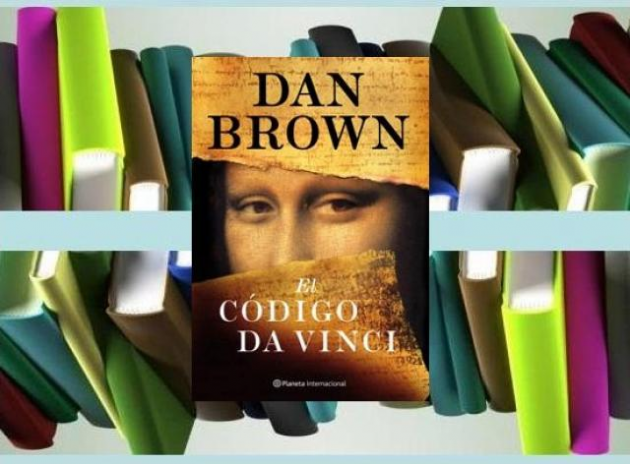
DAN BROWN, 2003 The book chronicles the attempts of Robert Langdon, Professor of Religious Iconography at Harvard University, to solve the mysterious murder of Jacques Saunière at the Louvre Museum in Paris. Saunière's body was found in the Louvre in the posture of the Vitruvian Man (drawing by Leonardo da Vinci) with a cryptic message written on his side and a pentacle drawn on his chest with his own blood.
TOP 45:
The life is dream
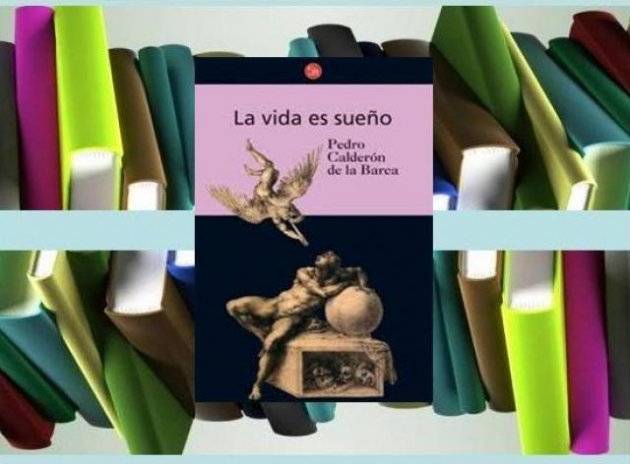
CALDERON DE LA BARCA, 1635 Plato's influence on this work is evident. The influence of this platonic conception in the work is evident. Sigismund lives initially in a prison, in a cave, where he remains in complete darkness because of his ignorance of himself; Only when he is able to know who he is, does he get the triumph, the light. Famous are his verses: What is life? A frenzy. // What is life? An illusion, // a shadow, a fiction, // and the greatest good is small; // that all life is a dream, // and dreams are dreams.
TOP 46:
The city and the Dogs
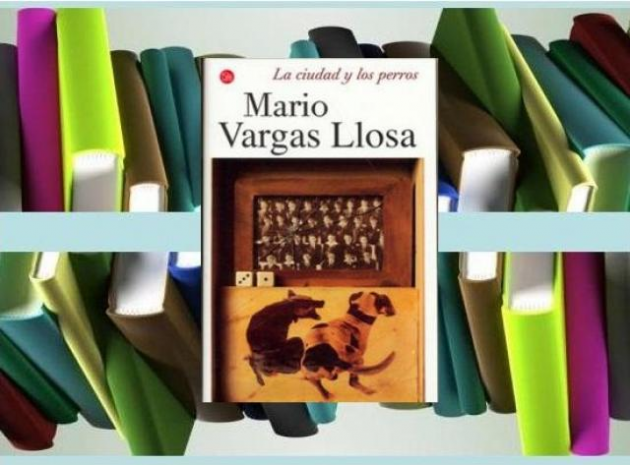
MARIO VARGAS LLOSA, 1963 The work is set in a Military College, where young interns receive school training under severe military discipline. There they learn to live with a way of life that does not allow them to develop as people, and where they are subjected and humiliated. However, some find in it the strength necessary to meet their challenges. Vargas Llosa criticizes the military way of life and culture, where certain values are enhanced (aggressiveness, courage, manhood, sexuality, etc.). The importance of this work is such that it opened a cycle of modernity in the Peruvian narrative, beginning the so-called "Latin American boom."
TOP 47:
The guardian among the rye

JEROME DAVID SALLINGER, 1951 Its protagonist, Holden Caulfield, has become an icon of teenage rebellion. The book recounts Holden's experiences in New York City, after being notified that he will be expelled from Pencey Prep, his high school. This novel provoked numerous controversies for his provocative language and for portraying adolescents sexuality and anxiety. The main reasons why this book was criticized were mainly its offensive language and its references to drugs, alcohol and prostitution.
TOP 48:
Essay on blindness
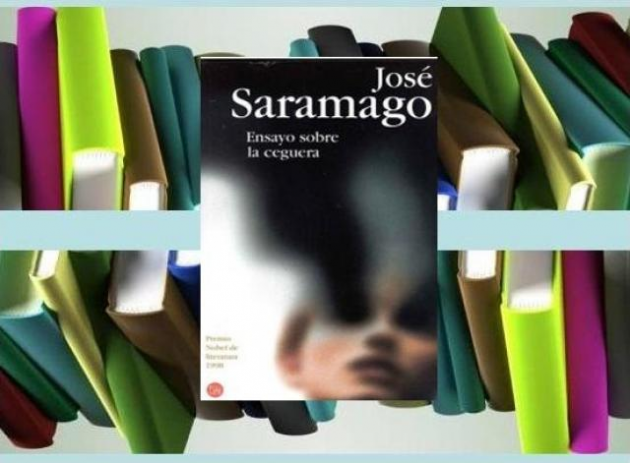
JOSE SARAMAGO, 1995 The novel tells how a strange epidemic of blindness plagues an entire country. A poor man who waits in his car in front of a traffic light is the first to suffer it and thereafter, an infinite white blindness, like a sea of milk, spreads faster and faster among the population. Gradually people become prey to the lowest instincts of the human being and their deep selfishness becomes a parable of today's society. The author has the luxury of obviating the names of the multiple characters and only the exhaustive description he makes of each of them allows the reader to identify them clearly.
TOP 49:
Ten Negritos
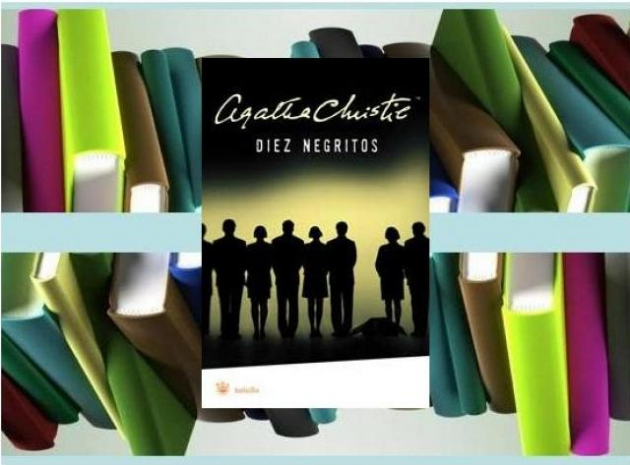
AGATHA CHRISTIE, 1939 Ten people receive an invitation to spend a vacation on the Isla del Negro. Each of the guests will be killed according to each of the stanzas of an old children's song called "Ten Negritos"
TOP 50:
Gulliver's travels
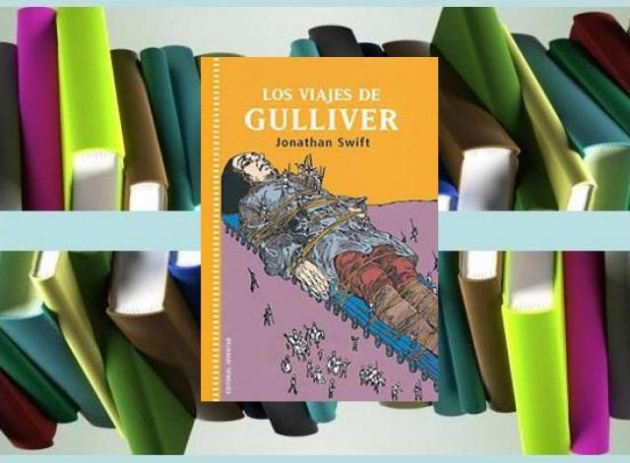
JONATHAN SWIFT, 1726 Although it has often been considered a children's work, it is actually a fierce satire of society and the human condition, camouflaged as a travel book through picturesque countries. Captain Lemuel Gulliver, is in paradoxical situations: he is a giant among dwarves, a dwarf among giants and a human being ashamed of his condition in a land populated by wise horses that are more human than men themselves and distrust, rightly, of these.
TOP 51:
The Aleph
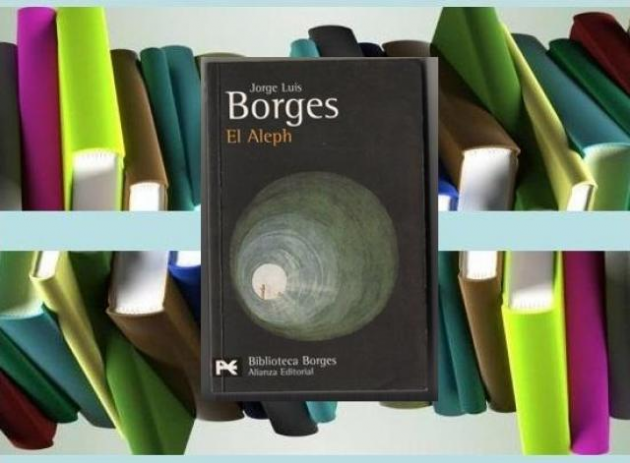
JORGE LUIS BORGES, 1949 It is a book composed of 17 stories, which, using an infinity of sources and bibliographies, reconstructs the myths and metaphors of the universal literary tradition. In the last story, which gives title to the book, Borges's character discovers in the basement of his former beloved's house, a sphere two to three centimeters in diameter that is the mirror and center of all things, in which everything comes together and is reflected, at the same time and without overlap. The amount of allusions is innumerable: the sphere could be the universe itself and the descent into the basement could well be Dante's hell.
TOP 52:
Gypsy romance
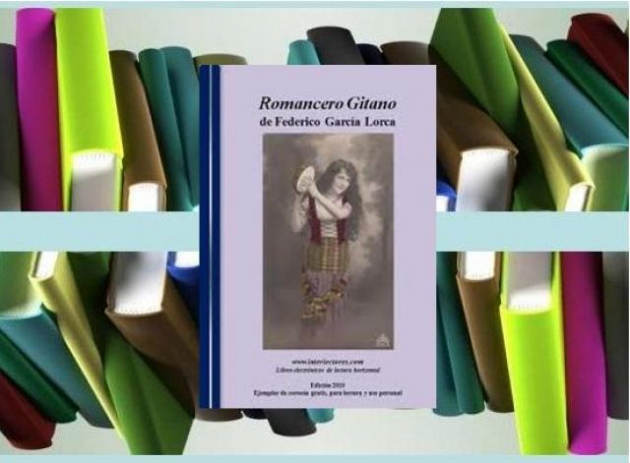
FEDERICO GARCIA LORCA, 1928 The work is composed of eighteen romances with themes such as night, death, sky, moon. All the poems have something in common, they deal with the gypsy culture and the sorrows of a people who live outside society and who are persecuted by the representatives of the authority.
TOP 53:
This is how Zarathustra spoke
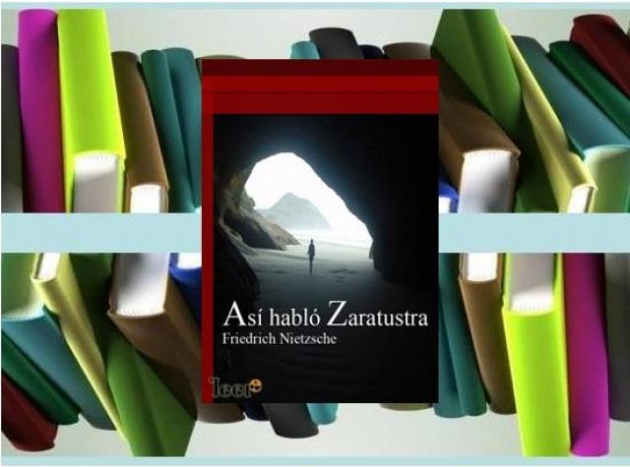
FREDERICH NIETZCHE, 1883 The work contains the main ideas of Nietzsche and is composed of a series of stories. Nietzsche uses the figure of Zarathustra to develop and link the four main elements upon which all his work is based: the death of God, the superman, the will to power and the eternal return of the identical.
TOP 54:
The wind's shadow
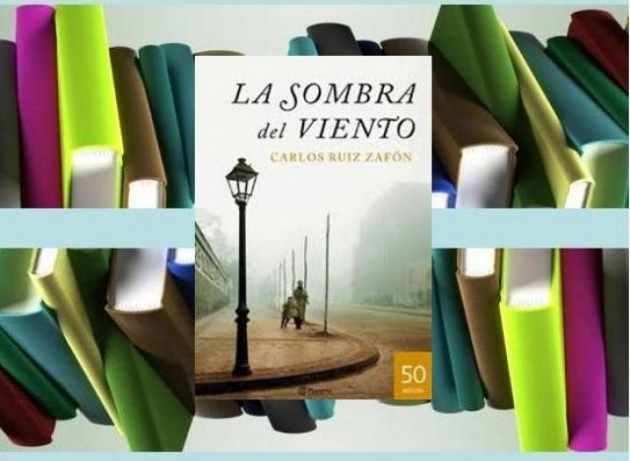
CARLOS RUIZ ZAFON, 2001 A dawn in 1945, a boy is led by his father to a mysterious place hidden in the heart of the old city: The Cemetery of Forgotten Books. There, Daniel Sempere finds a cursed book that will change the course of his life and drag him into a maze of intrigues and secrets buried in the dark soul of the city.
TOP 55:
Decameron
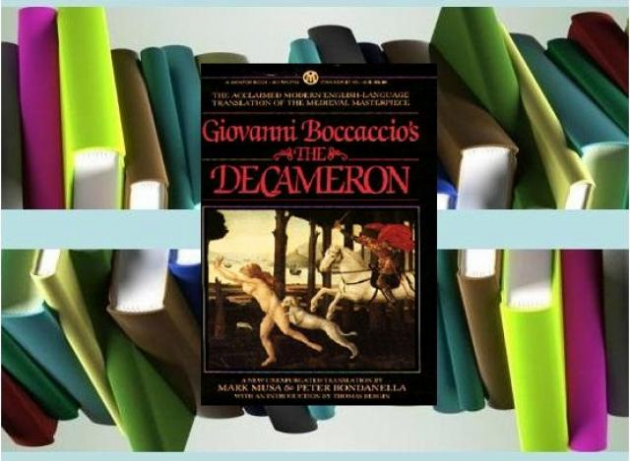
GIOVANNI BOCACCIO, 1351 It is a book consisting of one hundred stories about three themes: love, human intelligence and fortune. To link these hundred stories, Boccaccio established a narrative frame of reference. The work begins with a description of the black plague epidemic that hit Florence in 1348, which gives reason that a group of ten young people, seven women and three men fleeing the plague, take refuge in a village on the outskirts from Florence. In order to be entertained, each member of the group tells a story for each of the ten nights they spend in the villa, which gives the book its name in Greek.
TOP 56:
The jungle book
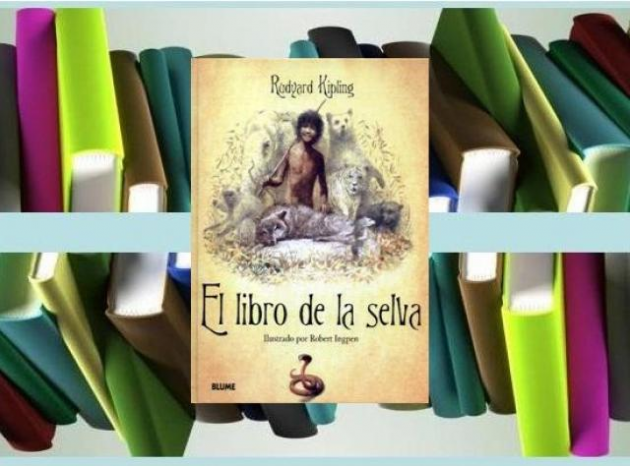
RUDYARD KIPLING, 1894 The jungle book is, in fact, a collection of stories. In any case, the first eight are, in fact, part of the same story. It begins when, fleeing the attack of Shere Khan (the tiger), two husbands lose their young son. He appears in the cave of some wolves who not only save him from the clutches of Shere Khan, but also welcome him as his own son.
TOP 57:
Robinson Crusoe
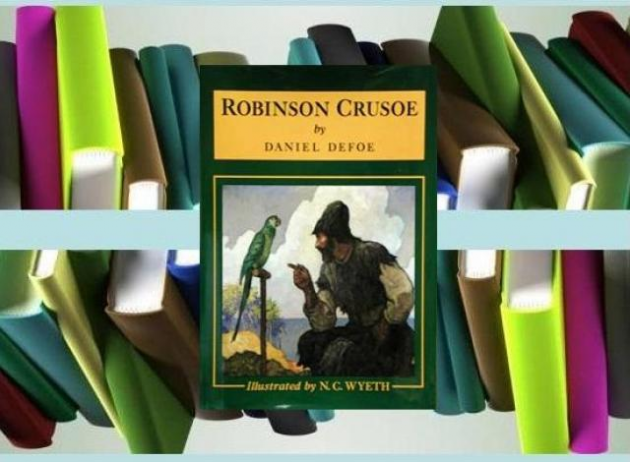
DANIEL DAFOE, 1719 It is considered the first English novel. It is a fictional autobiography of the protagonist, an English shipwrecked man who spends 28 years on a remote tropical island. History, with a simple plot, shows the symbols of colonialism, of the perfect man and of supreme morals.
TOP 58:
Prince
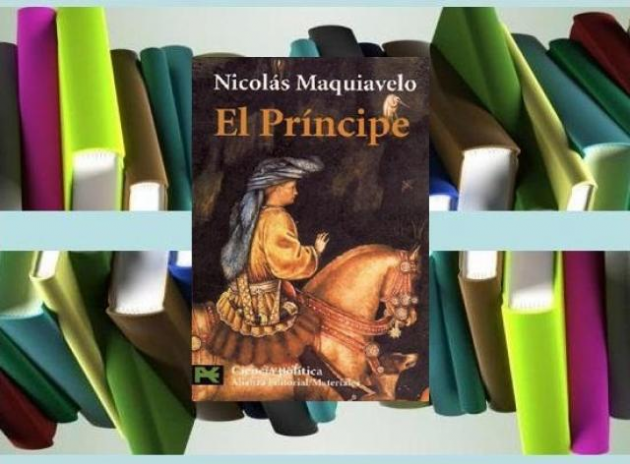
NICOLAS MAQUIAVELO, 1513 The Prince is a treatise on written political theory while the author was confined in San Casciano for the accusation of having conspired against the Medici. The book was just published in 1532 and was dedicated to Lorenzo II de Médici, in response to this accusation, as a gift. Thanks to this work, the term "Machiavellian" has been born, which is abruptly conferred a derogatory use, but it is nothing other than a work endowed with a great knowledge of the human psyche, an enormous common sense and much pragmatism. So much so, that many businessmen and politicians have extrapolated some of their ideas.
TOP 59:
Lolita
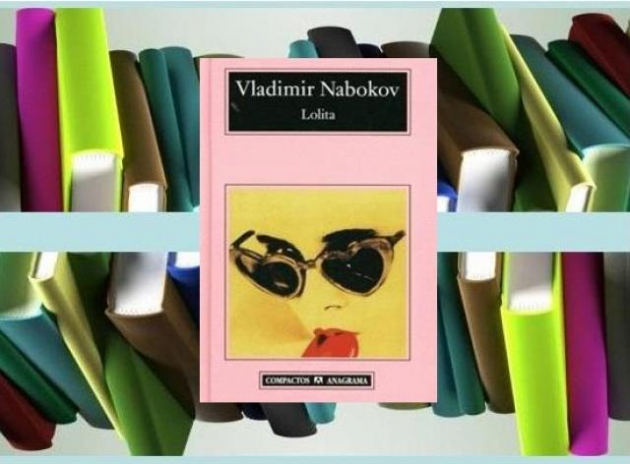
VLADIMIR NABOKOV, 1955. The story of the obsession of Humbert Humbert, a forty-year-old professor, by Doñañera Lolita is an extraordinary love novel involving two explosive components: the "perverse" attraction to the nymphs and incest. An itinerary through madness and death, which leads to a very stylized violence, narrated, at the same time with self-irony and unbridled lyricism. "Lolita" is an acid and visionary portrait of the United States, suburban horrors and the culture of plastic and motel, a dazzling display of talent and humor.
TOP 60:
The Great Gatsby
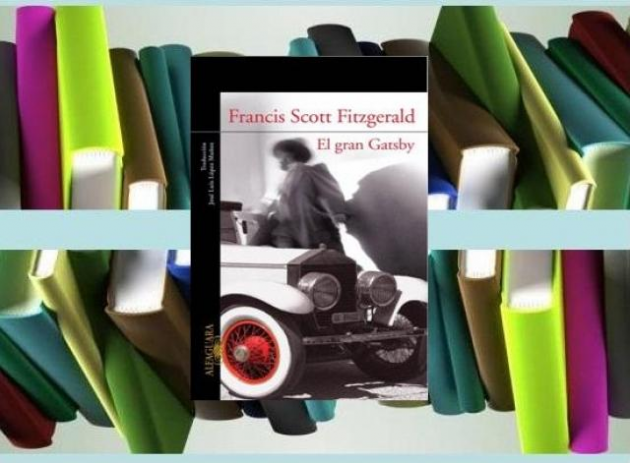
FRANCIS SCOTT FITZGERALD, 1925 The story takes place in New York and Long Island in the 20s of the 20th century. It has often been described as the reflection of the era of jazz in American literature. Jay Gatsby pursues only one dream in life: to recover the love of his youth, from whom he separated years ago for being a poor guy that nothing could offer Daisy, a girl accustomed to living in opulence. Gatsby did not resign himself and gave himself the task of becoming rich, even at the cost of participating in murky business ...
TOP 61:
Big hopes
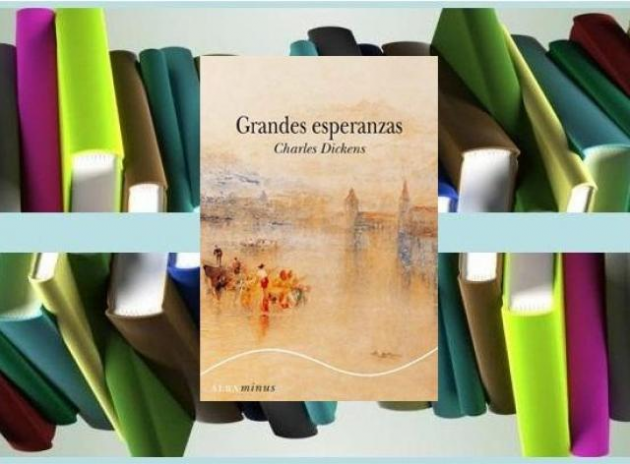
CHARLES DICKENS, 1860 The novel tells the story of the orphan Pip, who describes his life from childhood to maturity trying to become a man of nobility throughout his life. The story can also be considered as a semi-autobiography of Dickens. The plot of the story takes place from the Christmas Eve of 1812, when the protagonist is only seven years old, until the winter of 1840.
TOP 62:
Don Juan Tenorio
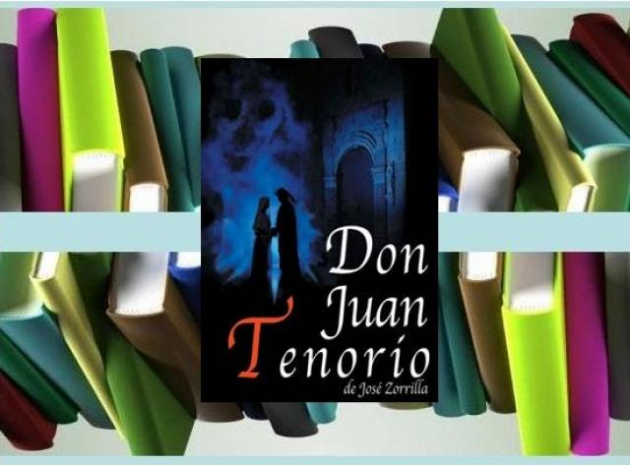
JOSE ZORRILLA, 1844 This work is one of the main ones in the Spanish language, together with the mocker of Seville, by Tirso de Molina, which deals with the myth of Don Juan. The action takes place in Seville in 1545, in the last years of King Carlos I of Spain. Don Juan and Don Luis Mejía had made a double bet, in which it was "who knew how to work worse, with better fortune, in the term of one year" and "who of the two beat in more duels and who seduced more maids »...
TOP 63:
Red and black
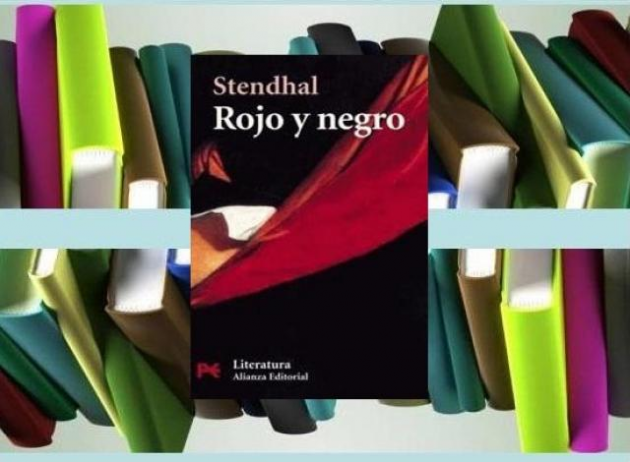
STENDHAL., 1830 Red and black is starring Julian Sorel, son of a Carpenter from the fictional town of Verrières. He narrates Julian's efforts to rise in social condition despite his youth, telling others what they want to hear and doing what they want to see him do. The novel is divided into two "books" ..
TOP 64:
Cold-blooded
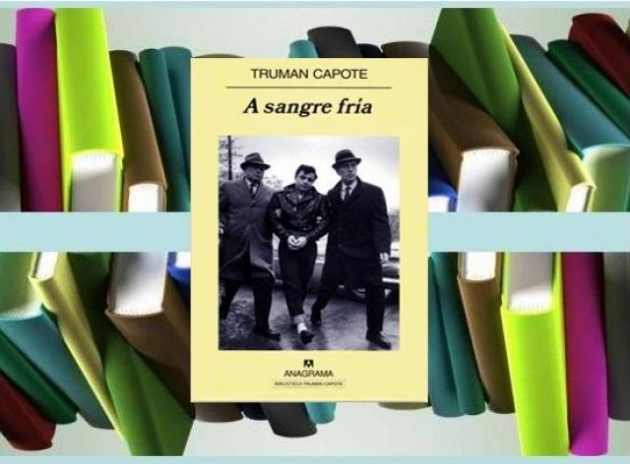
TRUMAN CAPOTE, 1966. On November 15, 1959, in a small town in Kansas, the four members of the Clutter family were savagely murdered in their home. The crimes were apparently unmotivated and after five years, Dick Hickcock and Perry Smith were hanged as guilty of the deaths. From these facts, and after carrying out long investigations with the real protagonists of the story, Truman wrote this novel where he narrates the life of the small town, sketches portraits of those who would be the victims, accompanies the police in their investigations and above all , focuses on the profile of the two psycho criminals.
TOP 65:
The adventures of Hucklebery Finn
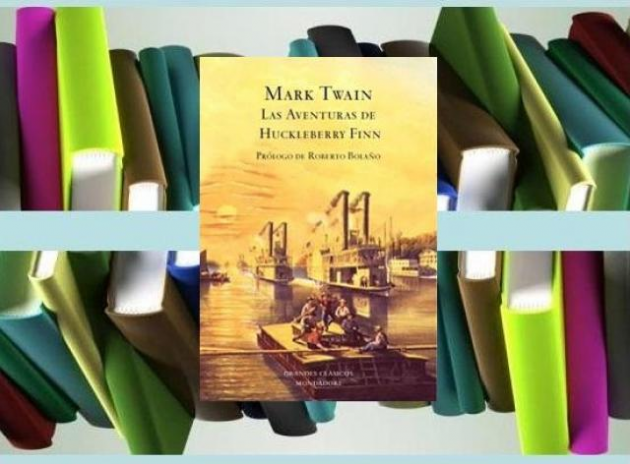
MARC TWAIN, 1884 The story takes place along the Mississippi River, which runs along Huck and the fugitive slave Jim, fleeing from the past they have suffered in order to reach Ohio. Idiosyncratic details of southern society such as racism and superstition of slaves, as well as friendship are some of the central themes of the novel. With this work, Marc Twain, considered the American Dickens, begins a pessimistic view of humanity that, far from being diluted, increases in his following creations.
TOP 66:
The flowers of Evil
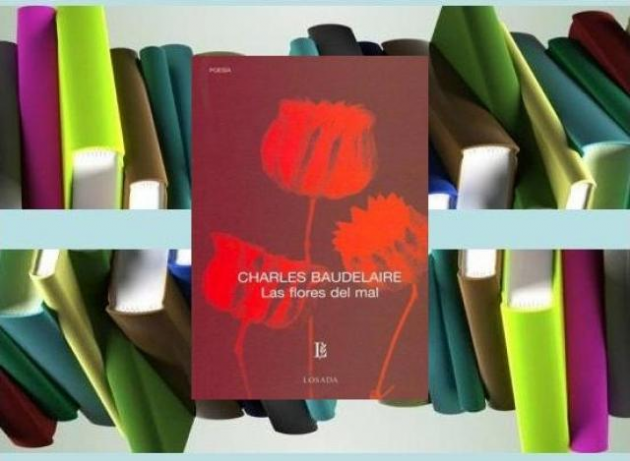
CHARLES BAUDELAIRE, 1857 It is a collection of poems that covers almost the entire poetic production of the author, considered one of the most important works of modern poetry, where beauty and the sublime arise from the most trivial reality. All his work is built as a moral, spiritual and physical itinerary. The book is divided into seven parts and a final conclusion: death. Baudelaire was obsessed that his book was not considered as a collection of poems, but as a book with a beginning and an end.
TOP 67:
The magic mountain
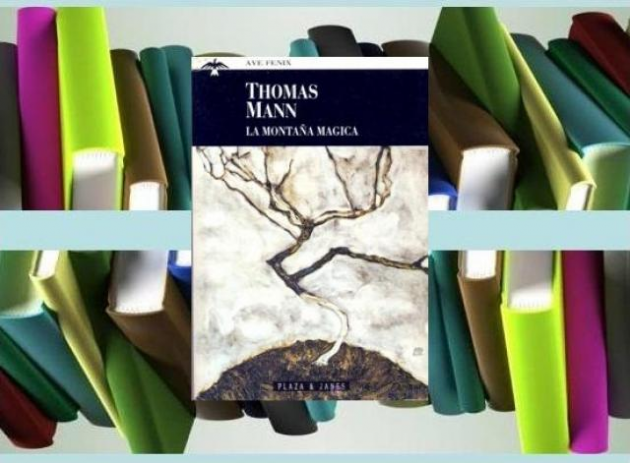
THOMAS MANN. , 1924. The action of this novel takes place in a tuberculosis sanatorium in Zauberberg, where two cousins of very different characters coincide. More than in the events (the knowledge with Clavdia Chauchat or with a couple of peculiar and confronted thinkers, the small conflicts generated by the coexistence between characters from very different backgrounds, the constant dripping of deaths, etc.), the interest of the novel it resides in the perfect reproduction of the inner, emotional and intellectual life of the wide gallery of characters that Mann displays, all of them perfectly individualized and interesting in themselves. .
TOP 68:
The origin of species
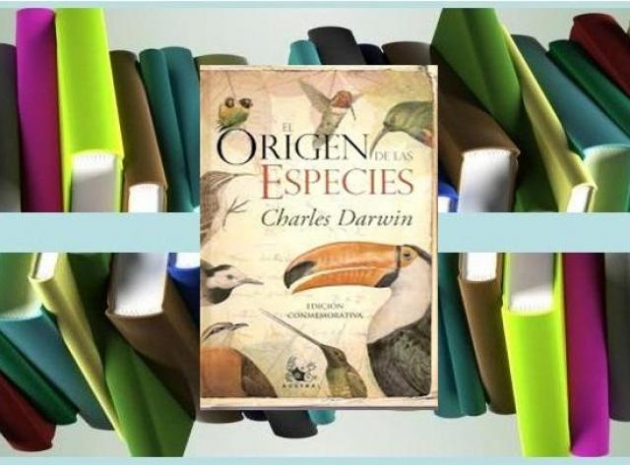
CHARLES DARWIN, 1859 Darwin's book introduced the scientific theory that populations evolve over the course of generations through a process known as natural selection. This concept of evolutionary adaptation by natural selection became fundamental to the modern theory of evolution.
TOP 69:
Fuenteovejuna
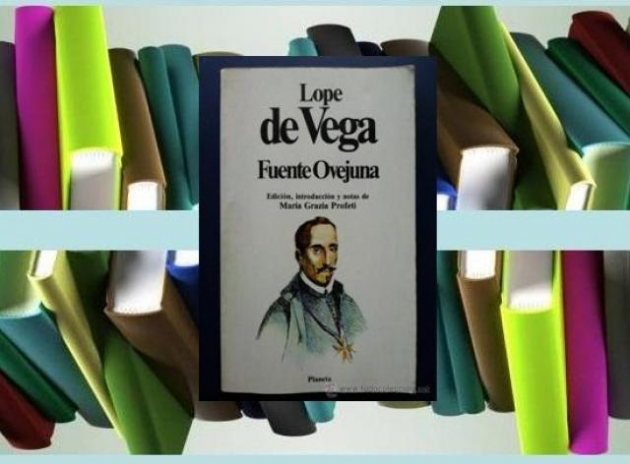
LOPE DE VEGA, 1618 Fuenteovejuna is a work of social and vindictive content. It presents the rebellion of the people, united in the face of tyranny and injustice. The main issue is the uprising of the people against the abuse of power of the Commander. The people do not propose to change the social system, they simply seek justice. The unity of the entire town is the basis of triumph. The answer to the judge's question remains "Who killed the Commander? / Fuenteovejuna, Lord / Who is Fuenteovejuna? / All the people, Lord ».
TOP 70:
Lord of the Flies
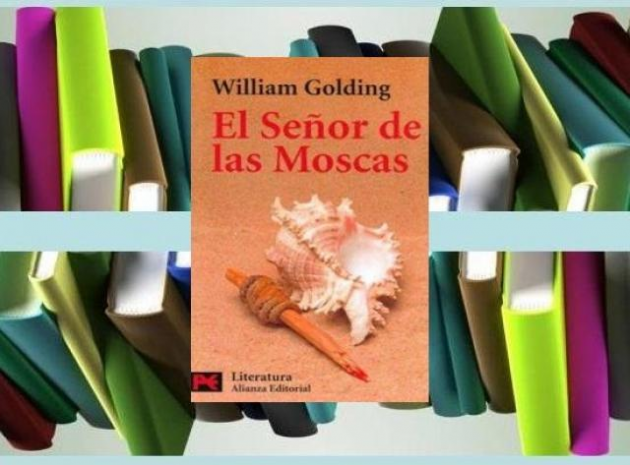
WILLIAM GOLDING, 1954 Moral fable about the human condition, The Lord of the Flies is also a prodigious literary story susceptible of diverse and even opposite readings. If for some the parable that William Golding structures around the borderline situation of about thirty boys alone on a desert island represents an illustration of the theses that place criminal aggressiveness among the basic instincts of man, for others it constitutes a moral requisition against a repressive education that only prepares future explosions of barbarism when the controls relax.
TOP 71:
Eneida
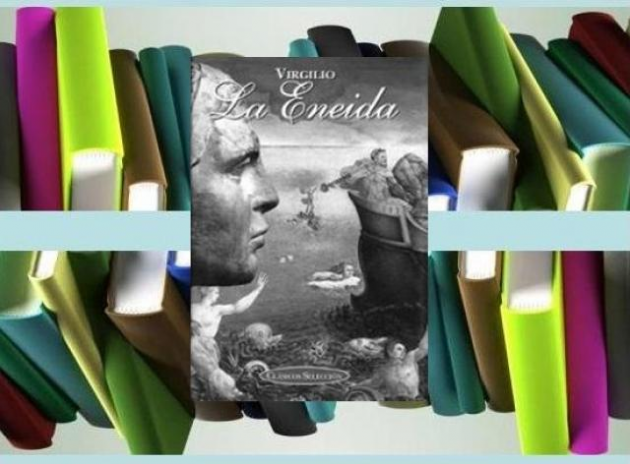
VIRGILIO MARON PUBLIC, 1st century BC. C. The work consists of almost ten thousand hexameters, divided into twelve books, which in turn can be divided into two parts; the first 6 that narrate Aeneas' journeys to Italy, in the style of the Odyssey, and the last 6 that narrate his conquests in Italy, in the style of the Iliad and the Trojan Cycle.
TOP 72:
The pillars of the earth
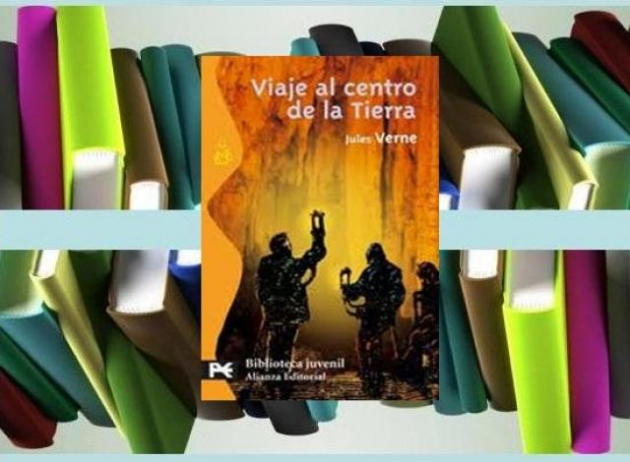
KEN FOLLET, 1989 It is a historical novel set in England in the Middle Ages, in the twelfth century, during a period of civil war known as the English Anarchy, between the sinking of the White Ship and the assassination of Archbishop Thomas Becket. The novel describes the development of Gothic architecture from its predecessor, Romanesque architecture and the vicissitudes of the family of the builder Tom Builder ...
TOP 73:
The grapes of wrath
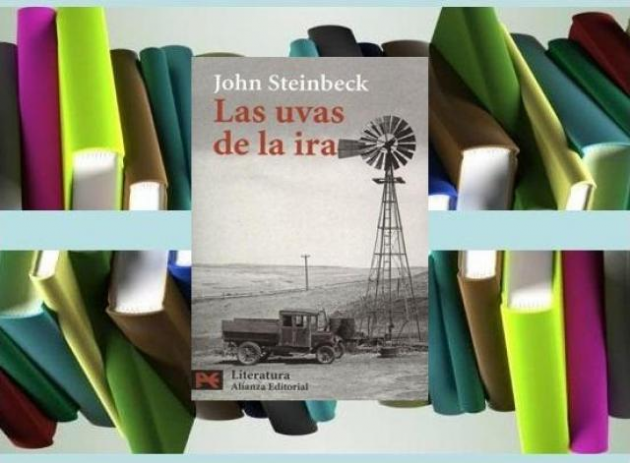
JOHN STEINBECK, 1939 The grapes of wrath is the chronicle of a poor family on their journey to a land of promise, seeking work and better living conditions. Steinbeck knows how to transcend the purely propaganda or moralizing by creating fictional characters full of depth and humanity, true fighters who do not hesitate to denounce the abuses of power and the ruthless cruelty and helplessness suffered by the weakest.
TOP 74:
The Unbearable Lightness of Being
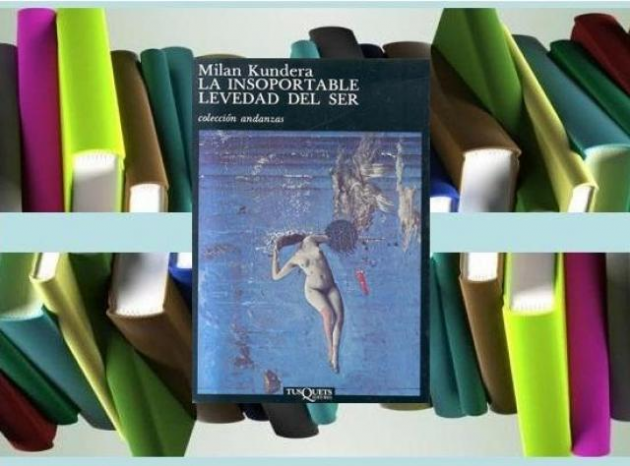
MLAN KUNDERA, 1984 Set in Prague during 1968, the Unbearable Lightness of Being deals with a man and his existential doubts about life as a couple, turned into sexual and emotional conflicts. The novel tells scenes of daily life drawn with a profound transcendental meaning: the futility of existence and the need for the eternal return of Nietzche for which everything lived must be repeated eternally, only when he returns he does it in a different way, no longer fleeting as it happened in the beginning.
TOP 75:
Juan Salvador Gaviota
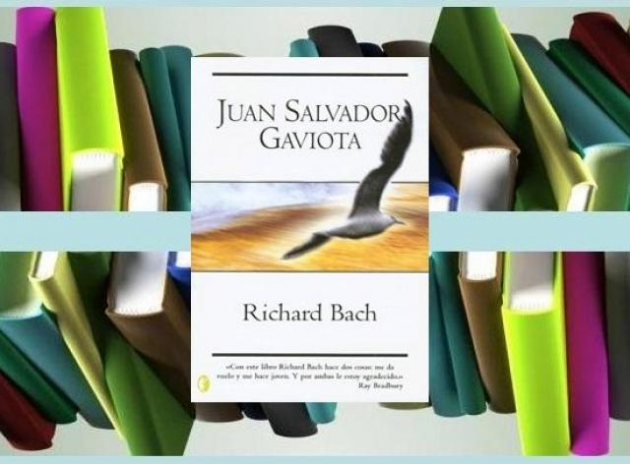
RICHARD BACH, 1970 The novel tells the story of Juan Salvador Gaviota, a seagull who is very bored that her life is limited to daily food disputes with her fellow seagulls and has a passionate passion for flying.
TOP 76:
Adriano's memoirs
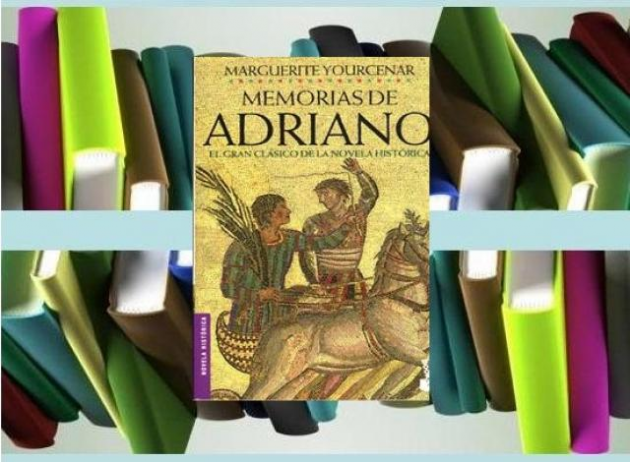
MARGUERITE YOURCENAR, 1951 He relates in first person the life and death of the emperor Adriano and is addressed to his successor, Marco Aurelio, whom Adriano had adopted as his grandson. In it, the emperor meditates and reflects on his years of reign, his military triumphs, love, friendship, poetry, music, art, travel, peace, passion for his young lover Antínoo and the pain caused by his death.
TOP 77:
Fortunata and Jacinta
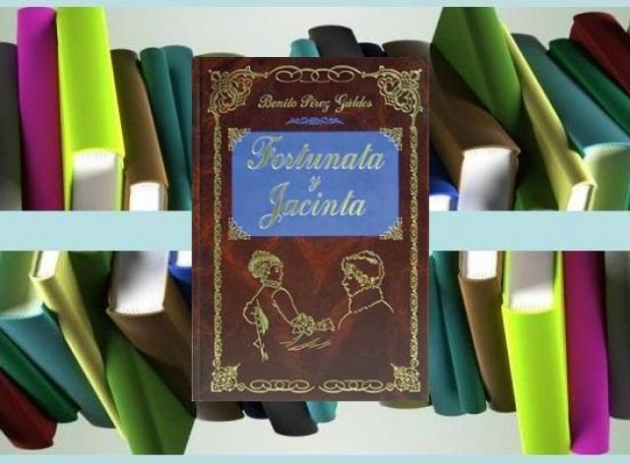
BENITO PEREZ GALDOS, 1886-1887 The storyline is the character of Juan (nicknamed "Juanito" or "El Delfín") Santa Cruz, the only child of a wealthy family of the Madrid bourgeoisie of the late nineteenth century. In his student age, the young man leads a dissipated life. He meets and falls in love with Fortunata, a beautiful young woman of humble class and turns her into her lover, but ends up getting bored of her and disappearing from her life. His mother decides to marry his niece Jacinta.
TOP 78:
Truce
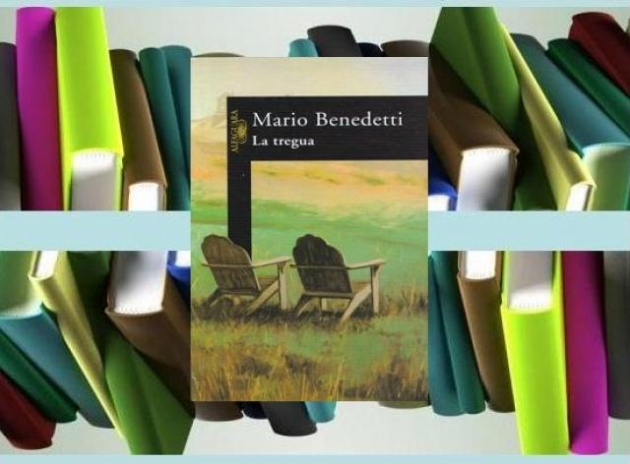
MARIO BENEDETTI, 1959 Martín Santomé is a 49-year-old widower who is about to retire. The relationship with his three children is not very good, because of his obsession with work. Martín begins an affair with Laura, a 24-year-old girl who goes to work in the same company. The relationship between them increases until they live together in an apartment that Martín rents exclusively for their meetings. Laura dies and Martín returns to the monotony of her work. The character's reflection is that his life was destined to monotony and loneliness and that God gave him a truce with Laura to feel alive for a moment.
TOP 79:
Martian Chronicles
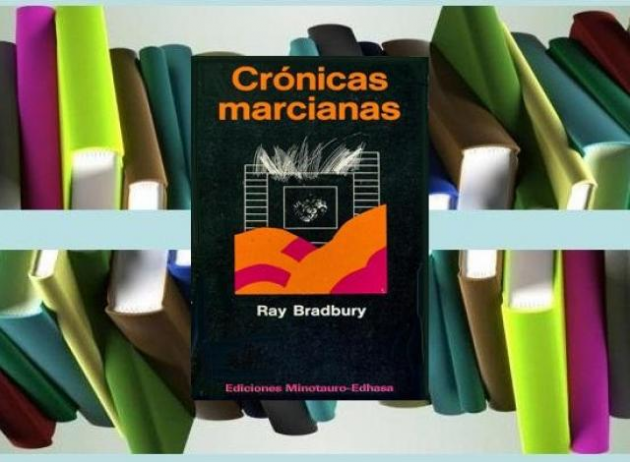
RAY BRADBURY, 1950 This collection of stories reflects the chronicle of the colonization of Mars by a humanity fleeing from a world on the brink of destruction. The settlers carry with them their most intimate desires and the dream of reproducing on the Red Planet a civilization of hot dogs, comfortable sofas and lemonade on the porch at sunset.
TOP 80:
Ulises
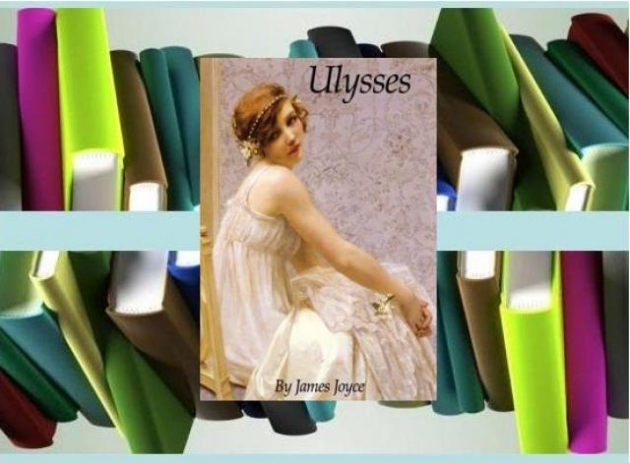
JAMES JOYCE, 1922 Ulysses recounts the passage through Dublin of his main character, Leopold Bloom and Stephen Dedalus, the author's two alter egos: Leopold (old Joyce) and Stephen (young) -, on any given day, June 16 1904. The title refers to the hero of Homer's Odyssey. There is a whole system of parallelism between the two (Bloom is Odysseus and Stephen is Telemachus). The best English-language novel of the twentieth century is considered by much of the critics and has been the subject of numerous and profound studies.
TOP 81:
In Search of Lost Time
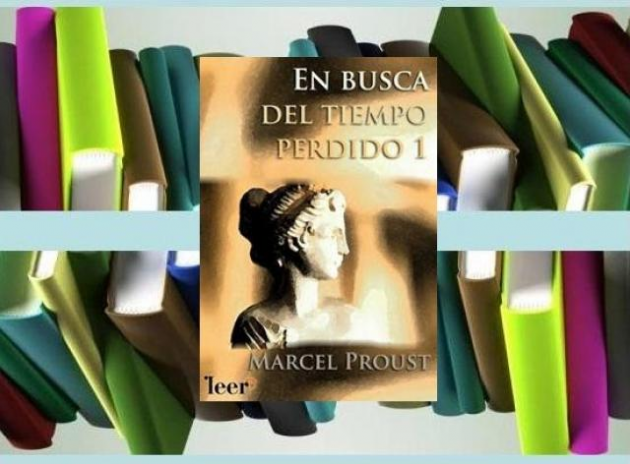
MARCEL PROUST, 1913 Marcel, a hypersensitive young man belonging to a bourgeois family in Paris in the early twentieth century, wants to be a writer. However, worldly temptations divert him from his first goal; Attracted by the false brightness of the aristocracy or the fashionable summer places, it grows while discovering the world, love, and the existence of homosexuality. Sickness and war will lead him to become aware of the extreme vanity of worldly temptations and his ability to become a writer and be able to fix lost time. This work is considered one of the summits of French and universal literature.
TOP 82:
Fog
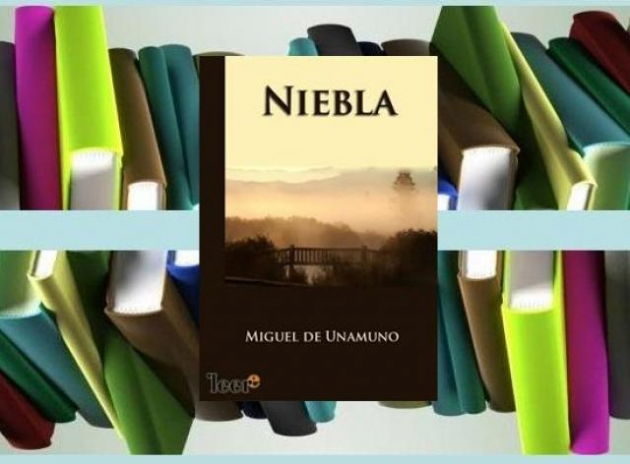
MIGUEL DE UNAMUNO, 1914 The main focus of the novel is the vital rejection of a death that means the end of existence, of personal life. The impossible immortality and the fruitless struggle of man before such tragic destiny. In the novel, Augusto goes to see Unamuno and he tells him that he cannot commit suicide because he does not live alone, but is a fictional entity. Augustus rebels against his non-existence. In the end he dies and sends Unamuno a telegram in which he says "congratulations, you have got away with it". The novel ends with a funeral prayer by Orpheus, the dog of Augustus.
TOP 83:
The conjuing of the ceciuos
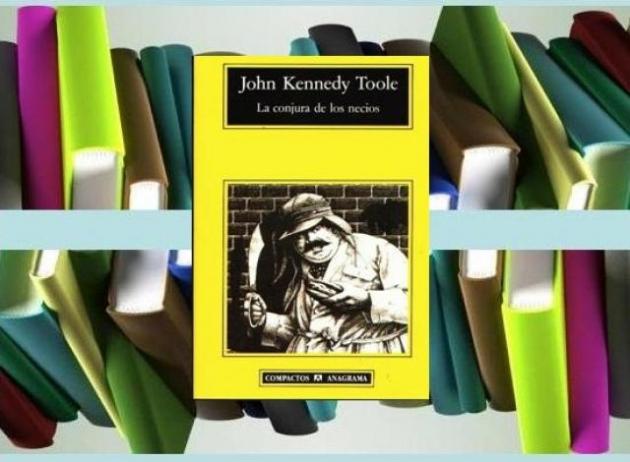
JOHN KENNEDY TOOLE, 1980 Ignatius J. Reilly is a misfit being who dreams that the medieval way of life, as well as his moral, will reign again in the world. Meanwhile, the goddess Fortuna joins him in that capitalist world that he hates so much and is forced to submit to what he considers a form of slavery: work. The work hides a harsh criticism of the society in which we live: selfish and, on many occasions, cruel. His title is a reference to a quote from one of Jonathan Swift, one of the classics of satire: "When a true genius appears in the world, you will recognize him by this sign: all fools conjure up against him"
TOP 84:
Beehive
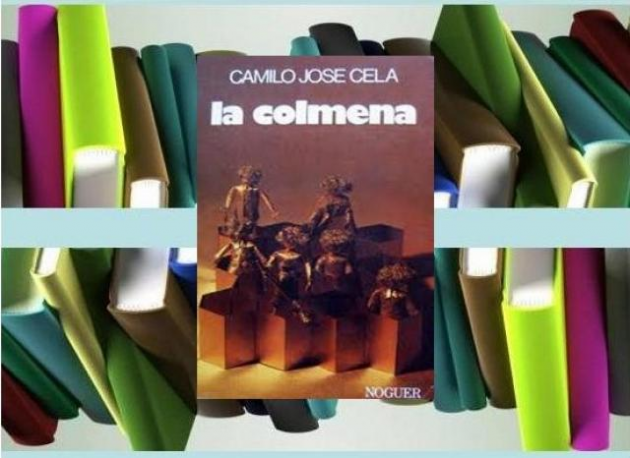
CAMILO JOSE CELA, 1945-1946 This novel reflects the social reality of Madrid in 1942, in the post-war period. Among the three hundred characters that appear, those that predominate are of the lower middle class, the petty bourgeoisie come to less, that is, people in an unstable situation, who have an uncertain future and have to live by the bush. His illusions and future projects are misleading: his eyes "never discover new horizons," and his life is an "eternally repeated tomorrow."
TOP 85:
Doll's House
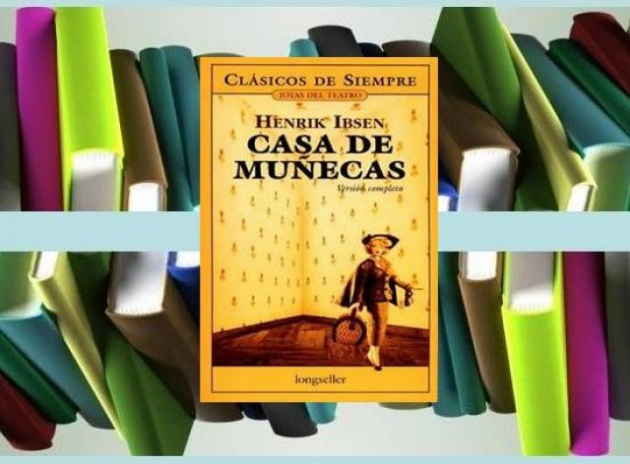
HENRIK IBSEN, 1879 Dollhouse describes the situation in which the protagonist Nora finds herself, and from which she tries to leave. After trying with her best will to help her husband, Torvald Helmer, he discovers that he, at heart, considers her only an object of his property. In the end Nora decides not to live with her husband anymore and leaves Torvald and her children. When Doll House was published it generated great controversy, since it strongly criticizes the matrimonial norms of the 19th century. It is considered by many critics as the first true feminist play.
TOP 86:
The buscon
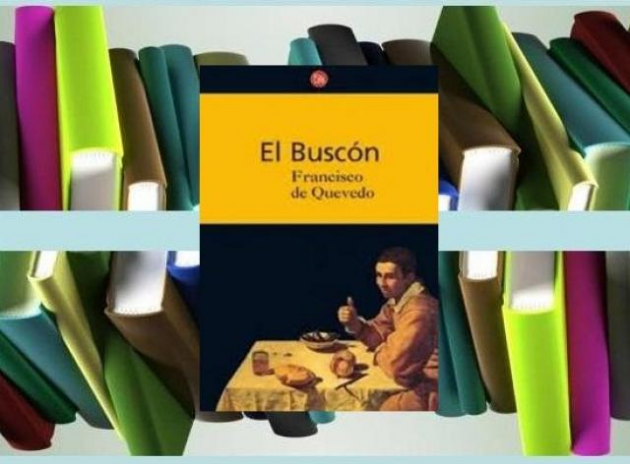
FRANCISCO QUEVEDO, 1626 Quevedo never acknowledged the authorship of this work, which is beyond doubt, probably to avoid problems with the inquisition. In it, first and foremost, it seeks to achieve an intense comic effect. The protagonist, Pablos, is the son of a barber thief, Clemente Pablo and de Aldonza, given to witchcraft. Many ethically condemnable actions appear and result in punishment, but many others go unpunished. There are no moralizing digressions, except for the final moral: "never improves its state who moves only from place and not from life and customs." But, mainly, aims to demonstrate the impossibility of social ascent.
TOP 87:
Mrs. Dalloway
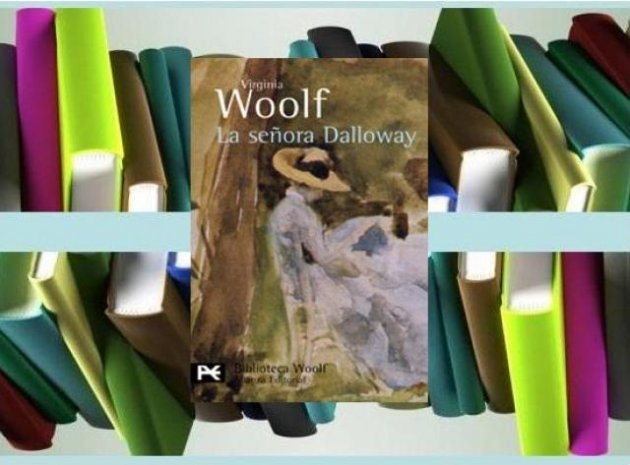
VIRGINIA WOOLF, 1925 Clarissa is a high school lady married to a conservative deputy and mother of a teenager. The story begins on a London morning in 1923 and ends that same night as guests begin to retire from a party at the Dalloway mansion. Although in the course of the day a tragic event happens - the suicide of a young man who returned from the war with a disturbed mind -, the essence of the play is that the facts are narrated from the mind of the characters, from the rhythms of their consciences This novel keeps intact the dark beauty and originality that allowed him to enter the restricted family of the classics of the twentieth century ..
TOP 88:
The Canterbury Tales
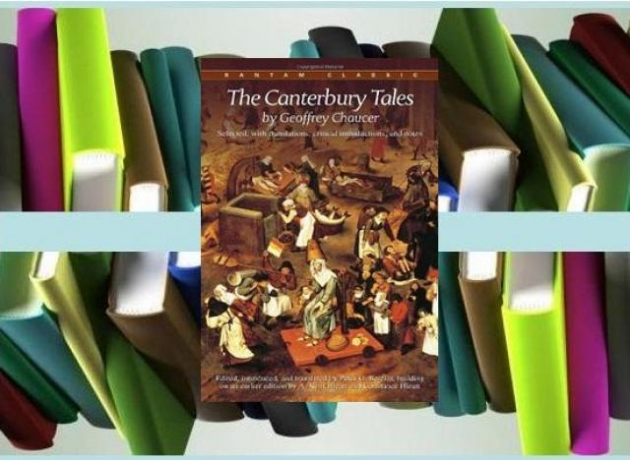
GEOFFREY CHAUCER, 14th Century Canterbury Tales is one of the most important works of English literature, and perhaps the best work of the Middle Ages in England. The stories are told by a group of pilgrims who travel from Southwark to Canterbury to visit the temple of Saint Thomas Becket, in Canterbury Cathedral. The characters represent practically all the variants of the middle class of the time.
TOP 89:
The tartufo
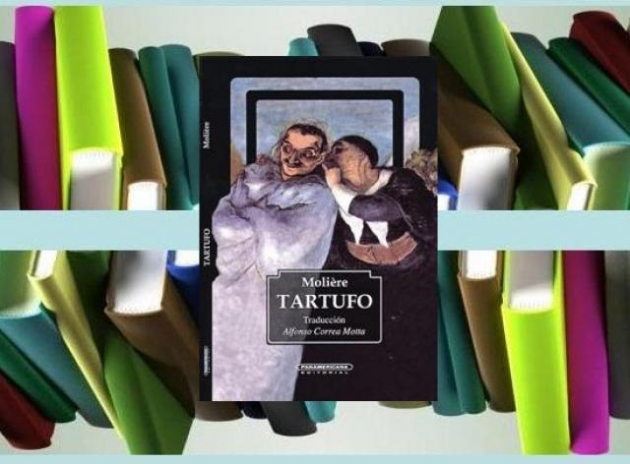
MOLIERE, 1664 Orgón is a very important character who has fallen under the influence of Tartufo, a hypocritical, blessed, mediocre and Ladino character, who becomes Orgón's spiritual director. She also tries to marry her benefactor's daughter, while trying to seduce his second wife, Elmira, much younger than her husband. Once unmasked, he will try to take advantage of donations that Orgón has transmitted to him. He even goes before the king, but he, remembering the old services that Orgón rendered him, annuls said papers and causes Tartufo to be arrested.
TOP 90:
I robot
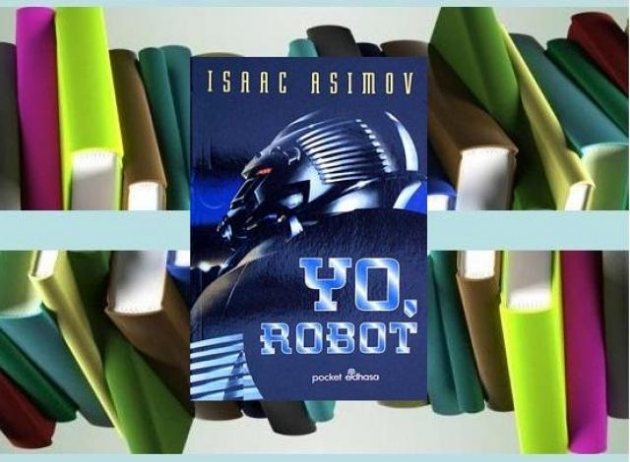
ISAAC ASIMOV, 1950 Collection of stories in which the problems of the three laws of robotics are raised, a compendium of morality applicable to intelligent robots. The stories show different situations that different robotics specialists will have to face and in which paradoxes and ingenious intellectual exercises on the situation of man in the technological universe arise.
TOP 91:
Momo
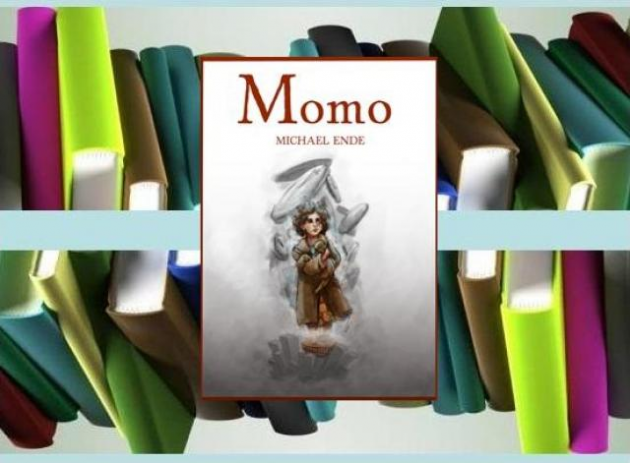
MICHAEL ENDE, 1973 This novel is about the concept of time and how it is used by humans in modern societies. In the ruins of an amphitheater, just outside an unnamed Italian city, lives an orphan girl named Momo, who has the extraordinary ability to know how to listen. He listens in such a special way that he is able to find the answers to the problems of those who talk to her, to make friends and invent fun games. Momo has friendship with everyone and especially with the sweeper Beppo and the tour guide Gigi
TOP 92:
The republic
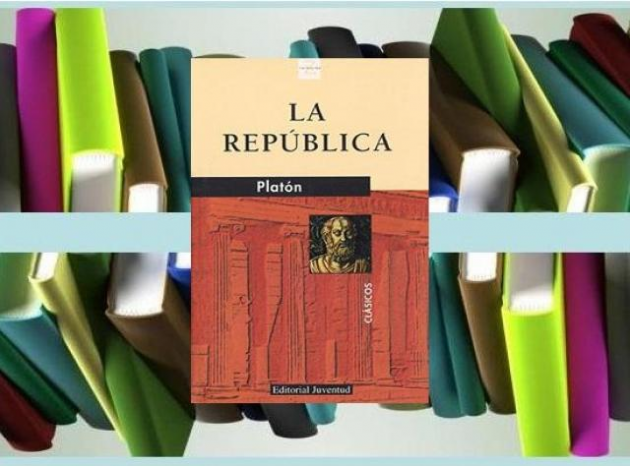
PLATON, 395 a. C. THE REPUBLIC presents the model of city where justice dominates against disorder, confusion and perversion; nevertheless, the dialogue does not point to the ideal construction of a perfect society of perfect men, but is a "political medicine treaty" with application to the regimes existing in its time.
TOP 93:
Age of Enlightenment
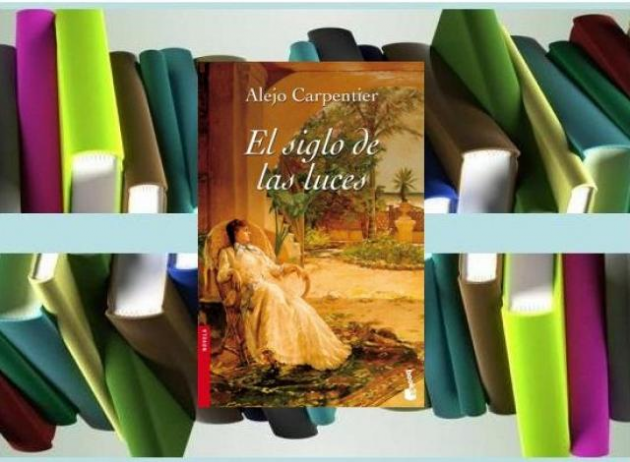
ALEJO CARPENTIER, 1962 Set in the final decade of the 18th century, the echoes of the French Revolution in the Caribbean are the main theme. Victor Hugues, the protagonist, arrives in Havana with power. Two young Cubans, Sofia and Esteban, will make Hugues an object of affection and contempt.
TOP 94:
Nausea
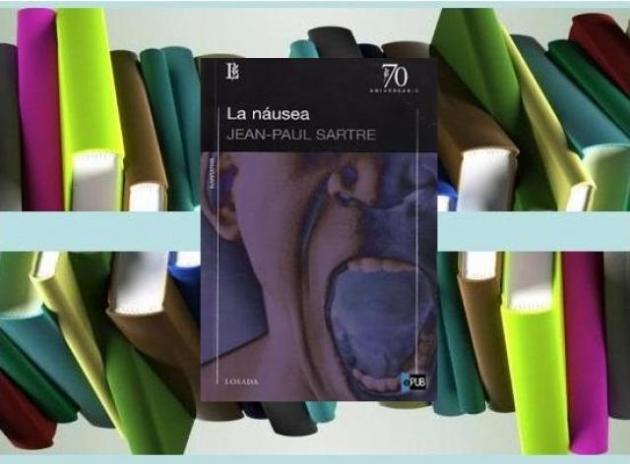
JEAN PAUL SARTRE, 1938 The play takes place in Bouville, an imaginary city, and among its swarms of ignored characters, the figures of Anny and the Self-taught are cut. Anny is an actress in her thirties, maintained by her man on duty. The Self-taught, first-person narrator, studies the books of the City Library in alphabetical order. The protagonist is Antoine Roquentin, single man of about thirty years. He lives alone in Bouville. He works meticulously on a work about the life of the Marquis de Rollebon, an aristocrat of the late eighteenth century ...
TOP 95:
The science tree
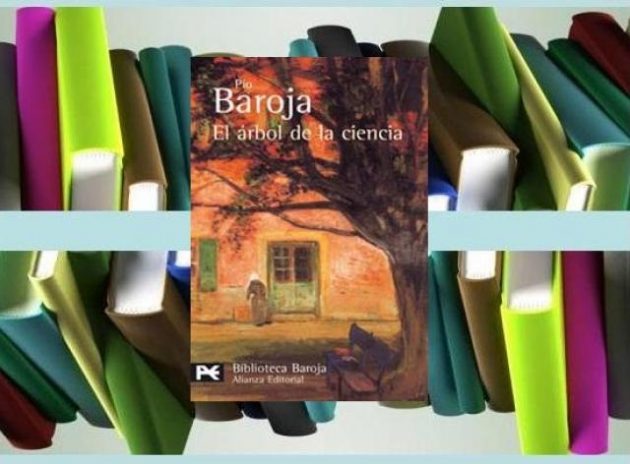
PIO BAROJA, 1911 Divided into two symmetrical parts. In the first one, life is narrated as a medical student of Andrés Hurtado. Through his family, teachers, classmates and diverse friendships, Baroja traces a ruthless x-ray of the bourgeois and proletarian Madrid of the late nineteenth century.
TOP 96:
Capital
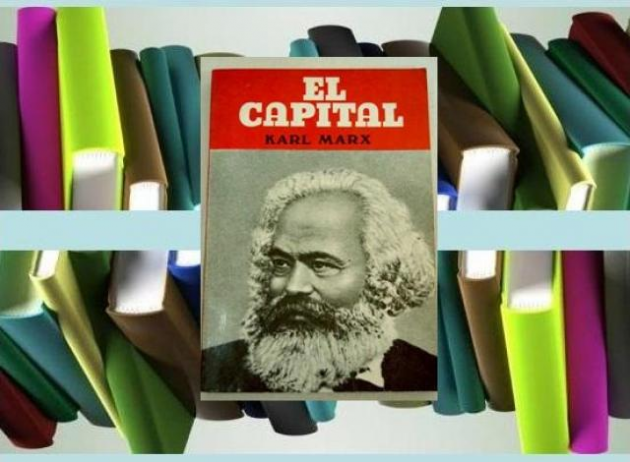
KARL MARX, 1867 It is a critique of political economy and a study of modern society. Marx considers that the economic sphere, capital, dominates and conditions the functioning of modern society. It has also been read as a work of philosophy, or as a political treatise on the relations of domination between the classes, on the one hand the proletarians and on the other the bourgeois.
TOP 97:
HISTORY OF A STAIRCASE

ANTONIO BUERO VALLEJO, 1946 The main theme of the work is the passage of time. The social environment that is reflected in the work is from a postwar Spain where you have to work in occasional jobs and accumulate jobs. The ladder remains a silent witness throughout time contemplating everything that happens, although it is also detrimental to time as the characters age.
TOP 98:
The speech of the method
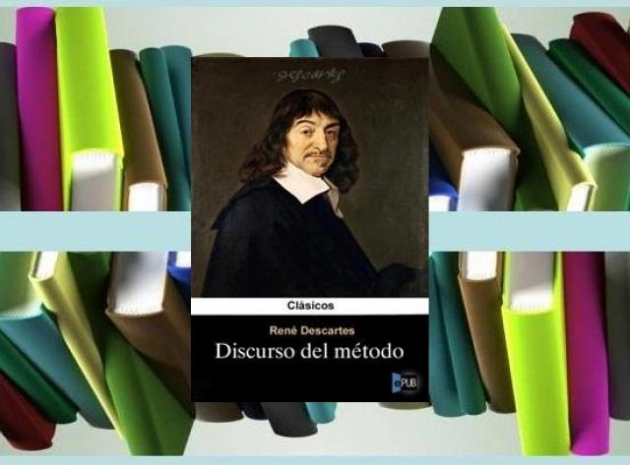
RENE DESCARTES, 1637 Eminently philosophical text, marks the breaking point with the conceptual world of medieval times, dominated by scholasticism. At the same time, and along with its fundamental value, it is also a chronicle of thought, a book of memories, a scientific elaboration in which the researcher moves to the foreground, to the first person. Thus we recognize, while the work that founds the foundations of the modern world, a thorough portrait of its creator:
TOP 99:
The lover
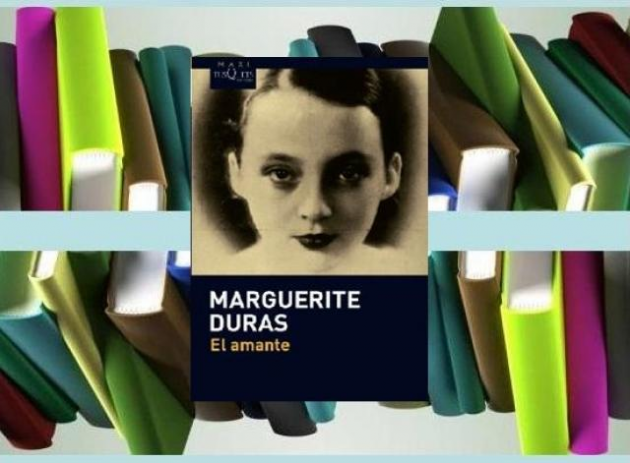
MARGUERITE DURAS, 1984 Autobiographical narration in which the author expresses a love story between a fifteen-year-old teenager and a rich twenty-six Chinese merchant. That beautiful and poor young woman remembers her life in Indochina and the passionate relationships of love and hate that tore her family apart and engraved the furrows of maturity on her face.
TOP 100:
The dead zone

STEPHEN KING, 1979. John Smith was horrified to discover that he had spent more than four years in a coma. And he was even more horrified to discover that he could know things in advance. He knew that this wicked man was going to become president of the United States and was going to destroy the world. And that's why I had to kill him ..
TOP 101:
The interpretation of dreams
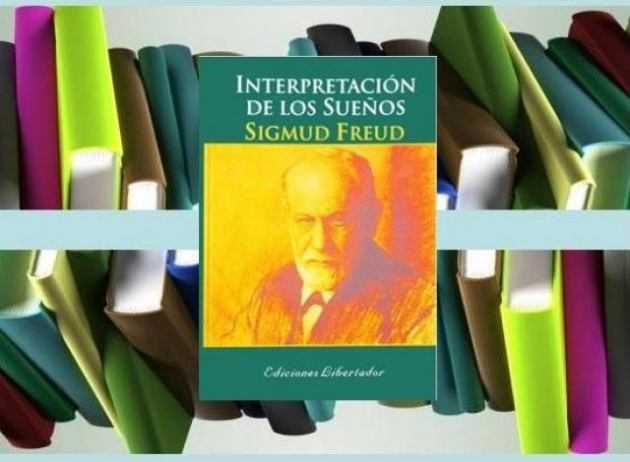
SIGMUND FREUD, 1895-1899 He played a decisive role in this enormous effort of subversion of values and theoretical innovation. Written between 1895 and 1899, it is the first work in which Sigmund Freud (1856-1939) rigorously and clearly outlined the general lines of his hypotheses and methods.
TOP 102:
Captain Alatriste
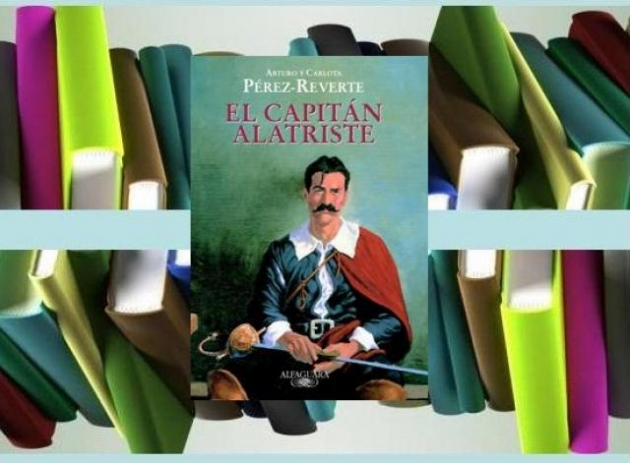
ARTURO PEREZ REVERTE, 1996 It is a collection composed of seven novels, based on the adventures of Diego Alatriste and Tenorio, a veteran soldier of the thirds of Flanders and swordsman who lives in seventeenth-century Madrid by renting his sword to anyone who needs it . In 2011 the seventh book was published, last so far, entitled The Bridge of the Assassins.
TOP 103:
The lightning that never stops
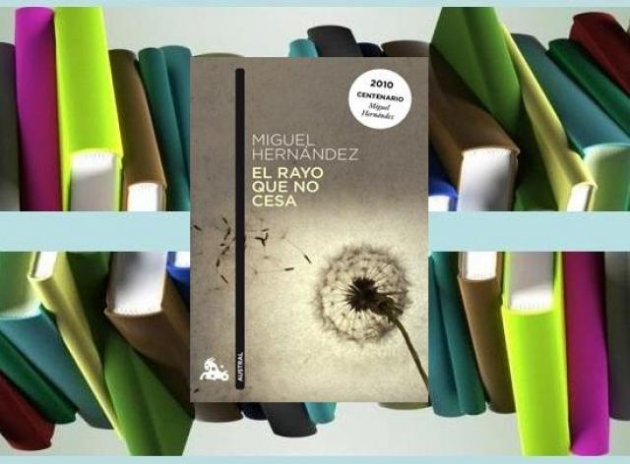
MIGUEL HERNANDEZ, 1936 The ray that does not cease is a book of thematic love, although it includes some poems of different themes to this, especially the "Elegía a Ramón Sijé", which perhaps was included only at the last moment as a result of the sudden death of friend and teacher of the poet. Love appears in the work treated in a way that is close to that of medieval songbooks, especially the Petrarca Songbook: the beloved is idealized and presented as a cause of suffering for the poet, and as an express recipient of much of the compositions
TOP 104:
Critique of pure reason
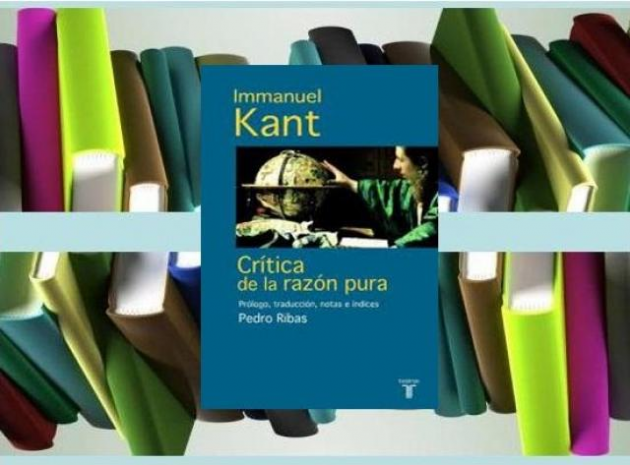
IMMANUEL KANT, 1781 This is an inquiry whose main objective is to achieve a definitive answer as to whether metaphysics can be considered a science. Kant tries the conjunction of rationalism and empiricism, making a critique of the two philosophical currents that focused on the object as a source of knowledge, turning the way of conceiving philosophy, studying the subject as the source that builds knowledge.
TOP 105:
The tin drum
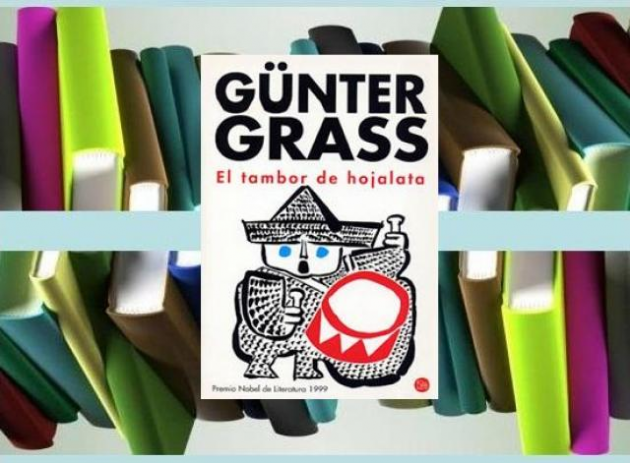
GUNTER GRASS, 1959 Its pages relate the life of Oscar Matzerath, a boy who lives during the time of World War II (1939 - 1945), in a narrative with macabre and childish dyes. The book narrates the decisive moments in Oscar's life, which will lead him, at 29 years of age, to be admitted to a psychiatric sanatorium.
TOP 106:
Five hours with Mario
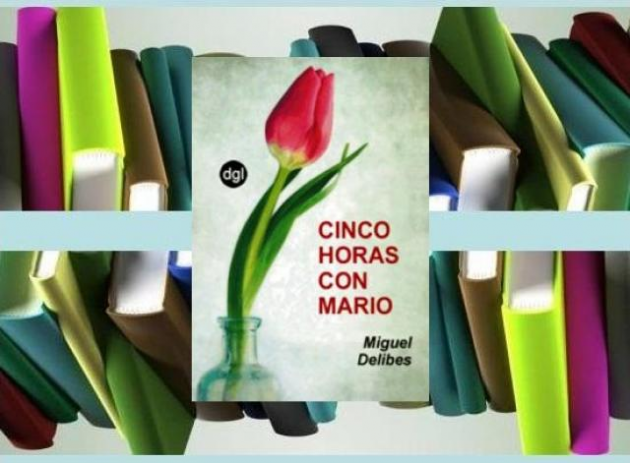
MIGUEL DELIBES, 1966 The central nucleus of the narration is Carmen's monologue, a conservative 44-year-old and upper middle class woman with the body of her unexpectedly deceased husband Mario, professor of institute and committed journalist and intellectual. Once the visits and the family have retired, she alone watches over the body during the last night. Through the memories of her life, Delibes recreates the provincial Spain of the time, the problems of lack of communication in marriage, as well as the "two Spain" conflict.
TOP 107:
Waiting for Godot
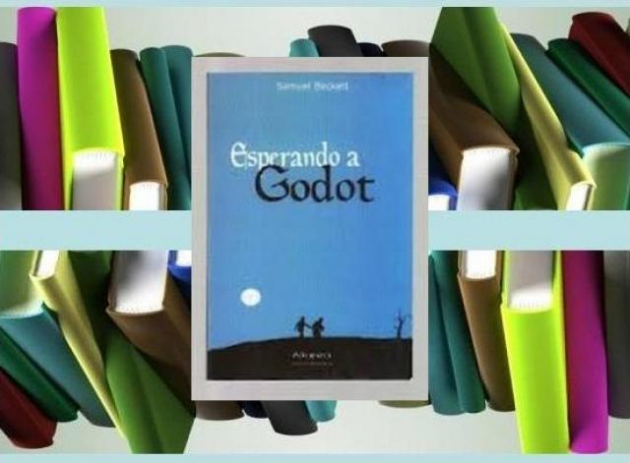
SAMUEL BECKETT, 1952 The work is divided into two acts, and in both there are two tramps called Vladimir and Estragon who wait in vain along a road to a Godot, with whom (perhaps) they have an appointment. The public never knows who Godot is, or what kind of matter they have to deal with.
TOP 108:
Tropic of Cancer
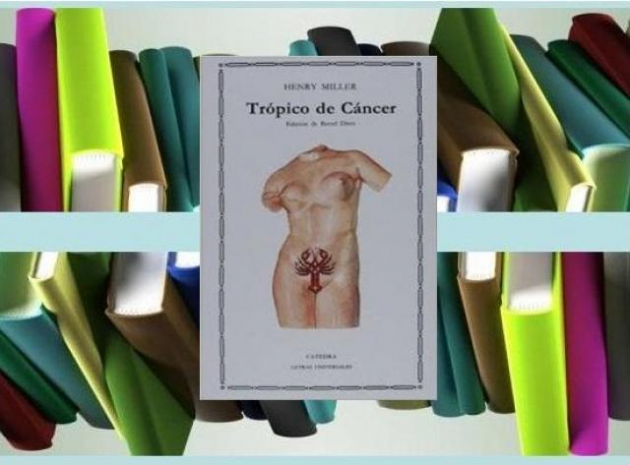
HENRY MILLER, 1934 Located in Paris in the 1930s, it is the story of Miller's life as a writer. Some chapters follow a strict narrative and refer to Miller's friends, colleagues and workplaces. Others are written as a flow of consciousness or reflections. The text is famous for its sexual descriptions, of great frankness and on several occasions of a detailed nature, and is considered one of the masterpieces of twentieth-century literature. The 1961 edition in the United States by the Grove Press publishing house led to a trial for obscenity.
TOP 109:
The noise and the fury
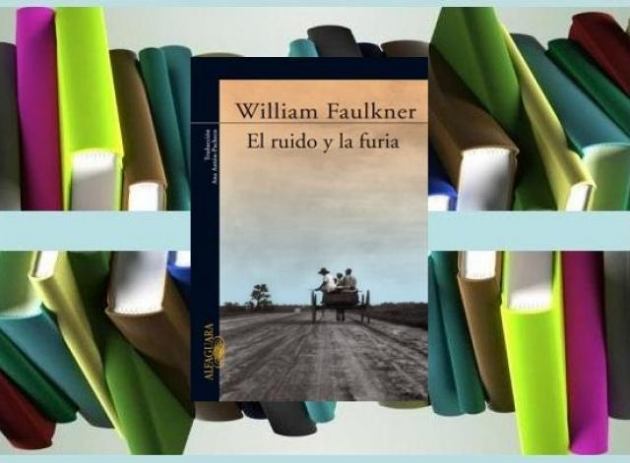
WILLIAM FAULKNER, 1929. It relates the progressive degeneration of the Compson family, its secrets and the relationships of love and hate that sustain and destroy it. For the first time, William Faulkner introduces the inner monologue and reveals the different points of view of his characters: Benjy, mentally deficient, castrated by his own relatives; Quentin, possessed by an incestuous love and unable to control jealousy, and Jason, a monster of evil and sadism.
TOP 110:
Uncle Vania
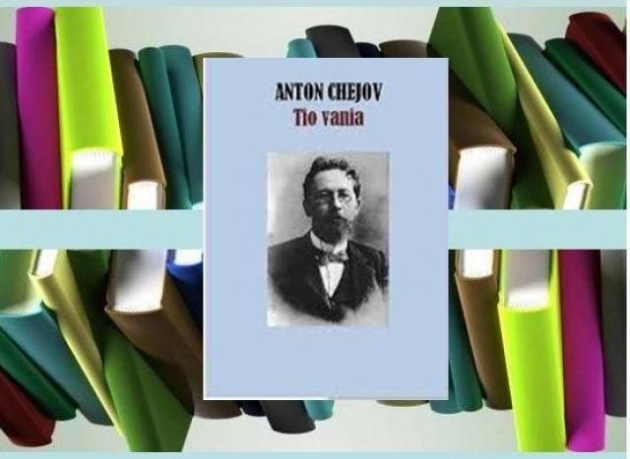
ANTON CHEJOV, 1899 Serbiakov, retired professor, and Elena, his second wife, arrive at the hacienda that contributed to the marriage of Serbiakov's first woman. Uncle Vania, brother of the first woman of Serbiakov, considers him, his brother-in-law, a genius from whom he studies all his writings, so he provides all possible benefits and comforts, even if he himself has to live austerely. However, he discovers that the professor's genius is a farce, for which he has wasted decades of total dedication.
TOP 111:
The New York Trilogy
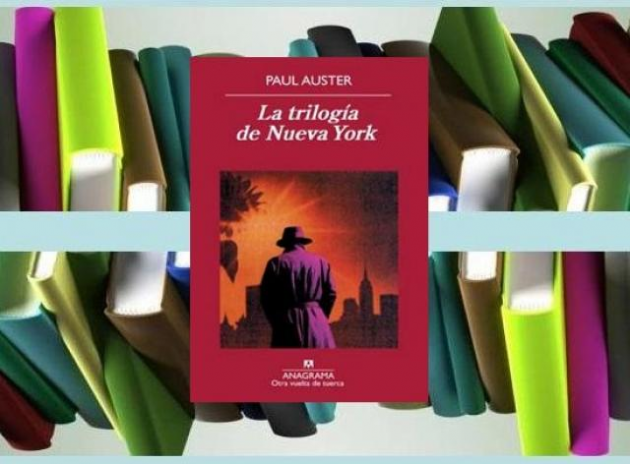
PAUL AUSTER., 1985-1987 Originally published in three parts between 1985 and 1987 (City of Glass, Ghosts and The Closed Room), In the first story, "City of Glass", a phone call will involve a writer in a complex plot of madness and redemption. "Ghosts" tells the adventures of a trapped detective in the strangest case of his career. For its part, "The closed room" narrates the encounter of a novelist with his own demons, following the disappearance of a childhood friend.
TOP 112:
Sailor on land
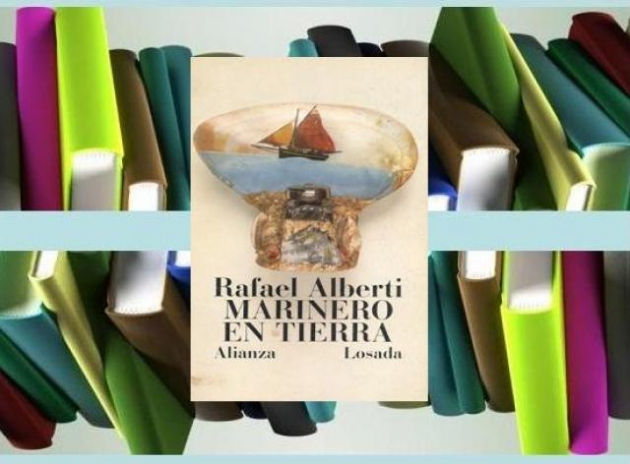
RAFAEL ALBERTI, 1925 This first poetry of the Cádiz master is mild, graceful, full of light and musicality, of imagined images and creatures, expression of the growing melancholy of the sea boy anchored on land.
TOP 113:
The conspiracy against America
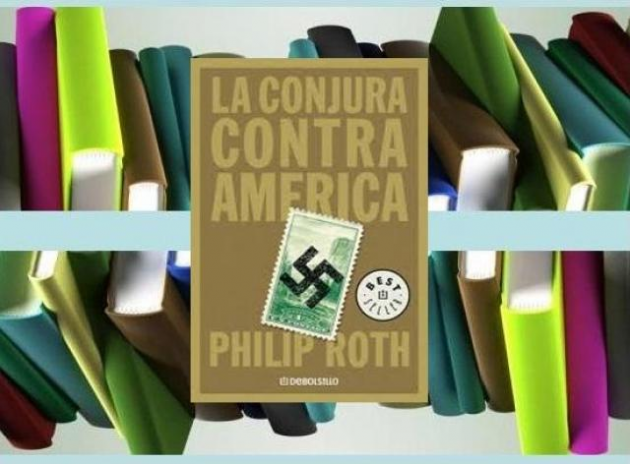
PHILIP ROTH, 2004 The author goes back in history so far - fiction - in which Franklyn Roosevelt was defeated in the 1940 elections. The winner: an isolationist and anti-Semitic fanatic who, in full swing of Hitler in Europe, becomes a threat to all American Jewish homes. What course would history have taken if this had happened in reality?
TOP 114:
Tyrant flags
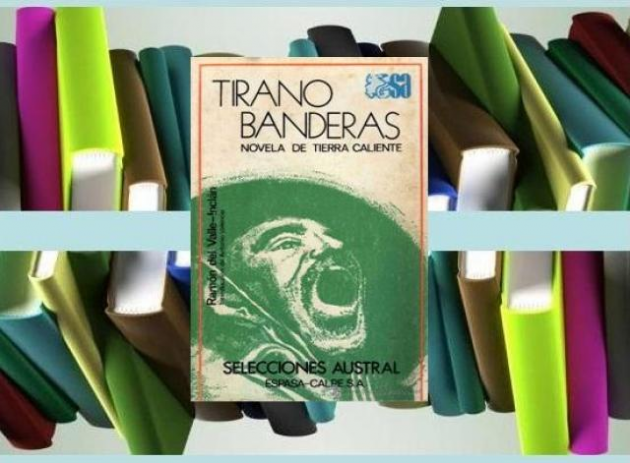
INCLAN VALLEY, 1926 Narrates the fall of the South American dictator Santos Banderas, who directs the fictional region of Santa Fe de Tierra Firm in a despotic and cruel way, remaining in power thanks to terror and oppression. The work describes the behavior of the Tyrant and the beginning of a revolutionary movement that will eventually overthrow him before his clumsiness.
TOP 115:
Parole
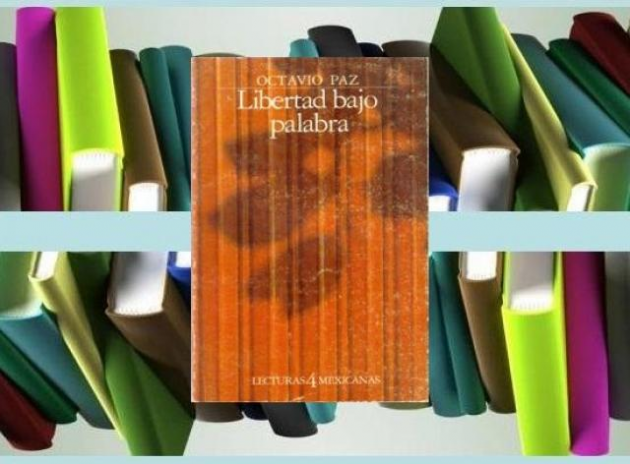
OCTAVIO PAZ. 1935 to 1957 Freedom under word ». This book gathers a large part of the poems written by Octavio Paz from 1935 to 1957. The author excludes and modifies poems, until the second edition of 1968, in a river-book, which he considers his "true first book"
TOP 116:
The gardener
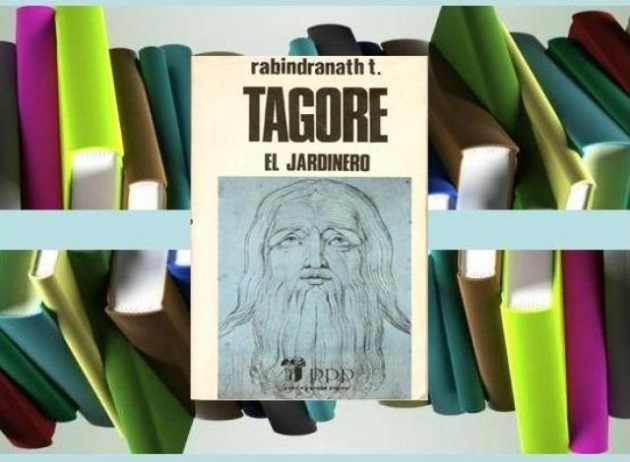
RABINDRANATH TAGOREI, 1913 The gardener's poems touch on themes used in the oldest Sanskrit poetry: youth and old age, wealth and dispossession, love, death and sex. The suggestion is one of the greatest qualities of this poetry.
TOP 117:
The Turkish Passion
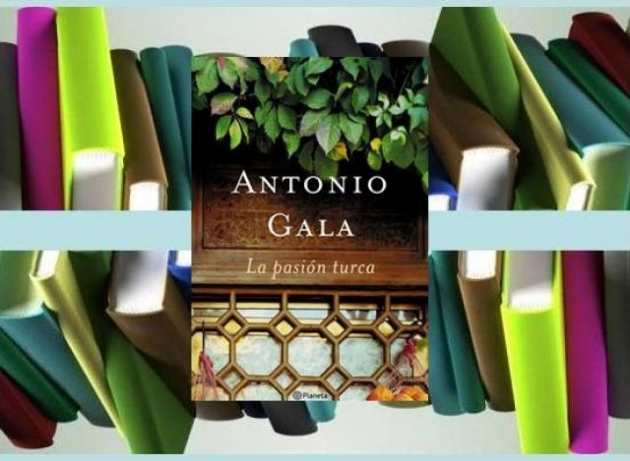
ANTONIO GALA, 1993 A young woman from Huesca with marital disappointments, in the course of a tourist trip through Turkey suddenly discovers the most overwhelming love passion in Yamam's arms, and although she knows almost nothing about him, she leaves everything to live by your side in Istanbul. Time passes, and the intensity of this love persists, but the relationships of the two lovers are becoming more dramatic and more sordid.
TOP 118:
The bonfire of the vanities

TOM WOLFE, 1987 The protagonist is a yuppie, a financial advisor who has become the star of a broker firm, but who is immersed in rocambolesque legal, matrimonial and even economic difficulties from the night he is lost by the streets of the Bronx when he took his lover from Kennedy Airport to his love nest ...
TOP 119:
The rampant baron
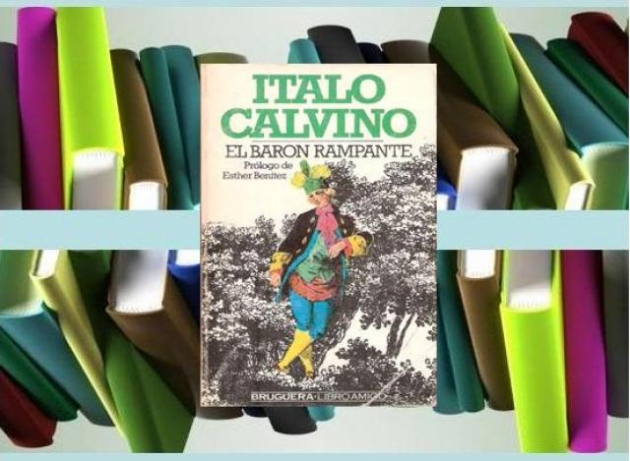
ITALO CALVINO, 1957 In the book Calvino expressed his awareness of living in a world in which the simplest individuality of people is denied, reduced to a series of pre-established behaviors. The main character, Baron Cosimo, after an argument with his father, decides to climb the trees and promises never to step on the ground again. Cosimo creates his own house on the trees and gets food and clothes by hunting animals. It is one of the most recognized literary works of the most recognized letters in Italian literature in the twentieth century.
TOP 120:
Murder in the cathedral
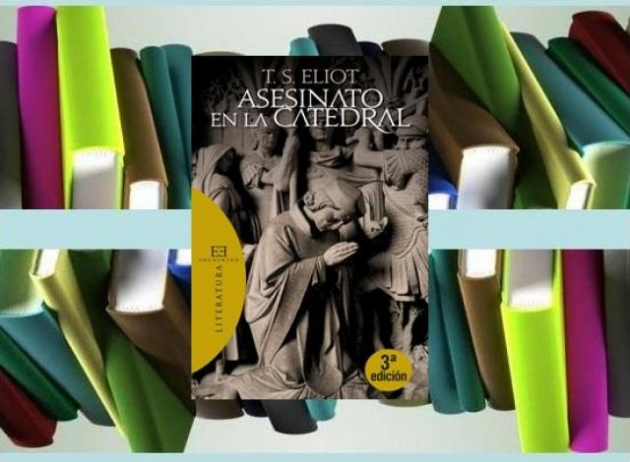
THOMAS STEAMS ELIOT, 1935 Tomás Becket, archbishop of Canterbury, was assassinated in 1170 by order of his king, for not wanting to submit to the Clarendon Constitutions, and falls, pierced by the swords, at the very foot of the altar whose church is supreme priest. This fact of medieval history is narrated by Eliot with an air of ancient grandeur, in scenes of slow, parsimonious rhythm, which at the same time possess great tension and majesty as the tragic outcome approaches.

